A good move starts with a good plan and the right container.
If you're thinking about renting a PODS moving container, then you're not alone. Every year, millions of Americans ditch the stress of driving a massive moving truck and turn to portable storage solutions.
In fact, according to recent industry reports, over 3.5 million households in the U.S. used moving containers like PODS in just the past year alone, and that number keeps climbing.
Now, if you are wondering how can you rent a moving container, then you're asking the right questions. Renting a PODS moving container can be incredibly convenient, flexible, and cost-effective, but there are definitely some things you’ll want to be aware of.
Maybe you're planning a cross-country relocation or just need some short-term storage while remodeling. No matter the reason, it's important to understand exactly how PODS works, what it costs, and what to watch out for.
Let’s discuss everything you need to know before renting a PODS moving container, so that you can make an informed decision.
How the PODS Rental Process Works
Understanding how the PODS rental process works is key to making sure your move goes smoothly.
Here’s a breakdown of how it all works:
Get a Quote and Choose Your Container
The first step is to visit the PODS website or call their customer service to request a free quote. You'll need to provide a few basic details:
- Your current and destination ZIP codes
- The size of your home or how many rooms you’re moving
-
Your desired move-out and move-in dates
Based on this, PODS will recommend a container size (7-ft, 12-ft, or 16-ft) and give you an estimate. It’s a good idea to compare your quote with other options to make sure you’re getting the best value.
Schedule Delivery
Once you’re happy with the quote, you’ll choose a delivery date. PODS will drop off the container right at your location. Make sure the area is accessible and meets their clearance requirements (usually about 12 feet wide and 15 feet high).
This is also the step where you should double-check local rules, especially if you live in a neighborhood with HOA restrictions or city permit requirements.
Pack at Your Own Pace
This is one of the biggest benefits of using PODS; you can pack and load the container on your own schedule. Whether it takes you a day or a week, you won’t feel rushed. This flexibility is one of the key benefits of using a PODS container.
Make sure to follow some basic guidelines on how to pack a PODS container:
- Distribute weight evenly
-
Secure items with straps or bungees
-
Place heavy items on the bottom and fragile ones on top
- Use protective padding for furniture and delicate items
We’ll go into more packing tips later in the blog to make your life easier.
Schedule Pickup and Delivery to Your New Location
Once everything’s packed up and ready, you contact PODS to schedule the pickup. They’ll return with a special lift system to avoid tilting the container and transport it to:
- Your new address (for a move)
- A secure PODS storage facility (if your new place is not ready yet)
Unload the Container
Once your container arrives at your new location, you can unpack at your own pace. Again, no rush. When you’re done, just call or go online to arrange the final pickup.

Not sure if PODS is your best bet? Compare top-rated alternatives in our best container moving companies list and find your perfect match.
Available PODS Container Sizes - How to Choose the Right One
One of the first things people ask when they're renting a PODS moving container is, “What size do I need?” It's a smart question, because choosing the right container size can save you both money and stress. If it’s too small, you risk needing a second one. Too big, and you’re overpaying for unused space.
PODS offers three main container sizes. Each is built with steel frames, weather-resistant panels, and ground-level access to make loading easy and secure.
Here's a quick breakdown to help you choose what fits your move best:
7-Foot Container
- Best for: Studio apartments, dorm rooms, or just a few large items
- Capacity: About 385 cubic feet
- Equivalent to: A 10'x10' storage unit or a room’s worth of furniture
- Ideal for: Small local moves or as an add-on for extra storage
If you’re doing a minimalist move or just need a moving container for storage, this is a compact, efficient choice.
12-Foot Container
- Best for: 2–3 room apartments or small homes
- Capacity: About 689 cubic feet
- Equivalent to: A 15-foot moving truck
- Important Note: Only available for local moves
This size works great if you're staying within your metro area and need a little more space than the 7-footer can offer.
16-Foot Container
-
Best for: 3–4 bedroom homes or long-distance moves
- Capacity: About 857 cubic feet
- Equivalent to: A 20-foot truck
-
Most popular option for residential moves
If you’re moving a full household or going across states, the 16-footer gives you the room and flexibility to make it work.
How to Choose the Right Container
Still unsure which size is right? Here are a few helpful tips:
- Count Your Rooms, Not Just Boxes: Think in terms of rooms rather than item count. PODS recommends one 16-foot container for a 3-bedroom home, but you might need two if you have a garage, attic, or large outdoor items.
- Account for Furniture Shape: Large couches, oddly-shaped tables, or delicate pieces might take up more space than boxes. If you have bulkier items, opt for a larger size or double up.
-
Move Type: If you’re moving across states, play it safe and go up a size if you're on the fence. Running out of space during a long-distance move is the last thing you want.
-
Use PODS’ Estimator Tool: PODS offers an online calculator to estimate the size you’ll need. It’s not always exact, but it’s a good starting point.
- Talk to PODS Support: If you’re still not sure, a quick chat with customer service can help you gauge the right size for your needs based on your inventory and distance.

Thinking about storage while you move? Here’s how portable storage units actually work.
Average Cost of Renting a PODS Container
When you're renting a PODS moving container, it’s important to understand exactly what you're paying for.
A typical PODS quote includes:
- Delivery to your home or business
-
Transportation to your new location or a storage facility
- One month of container rental (used for loading, shipping, and initial unloading)
- Final pickup of the empty container
Costs beyond that. like extra storage months, insurance, or packing supplies are additional.
Cost Breakdown Table: PODS Pricing Estimates
| Distance / Move Type | 8-ft Container | 12-ft Container (local only) | 16-ft Container |
|---|---|---|---|
| Local (< 100 mi) | $220 – $426 | $294 – $637 | $323 – $813 |
| Medium Distance (100–300 mi) | $450 – $828 | N/A | $911 – $2,107 |
| Longer Distance (300–500 mi) | $2,068 – $4,028 | N/A | $2,500 – $4,802 |
| Long-Distance (500–1,000 mi) | — | N/A | $2,500 – $4,500 |
| Cross-Country (> 1,500 mi) | — | N/A | $4,500 – $8,000 (avg: ~$5K) |
The national average for a full move with PODS is around $4,500–$5,700, with quotes ranging anywhere from $848 (small local move) to over $13,000 for large long-distance jobs. The median quote is around $4,511.
Other Costs to Factor In
Here are some other costs to consider when renting the moving container:
Storage Costs Beyond First Month
If you need the container beyond the included month:
- Additional months range from $149 to $359, depending on container size and location.
- Example monthly rates per container size:
- 8-ft: $169–$309
- 12-ft: $199–$339
- 16-ft: $219–$359.
Delivery and Pickup Fees
Most quotes include these costs, but standalone delivery or final pickup typically costs around $75–$100 each per container.
Insurance Options
PODS includes basic liability coverage for up to $10,000 per container. Additional coverage ("Contents Protection") costs extra:
Up to $100,000 coverage typically starts at $34.95/month and goes up to $469.95/month depending on declared value.
Pack Supplies and Add-Ons
If you purchase supplies from PODS:
- Boxes, moving blankets, bubble wrap, locks, etc., are extra.
- For instance, a bundle of medium boxes is around $43, moving blankets run $30–$75 for a dozen, and padlocks are about $15.

Need a proper cost breakdown before you commit? Check out our guide on how much PODS moving really costs.
Factors That Affect Your Rental Cost
When you're renting a PODS moving container, your final price depends on a few important factors.
Distance of the Move
The farther your container travels, the more you'll pay. Local moves (under 100 miles) are much cheaper than long-distance or cross-country moves, which can cost several thousand dollars.
Container Size and Quantity
Larger containers cost more than smaller ones. And if you need more than one container, your total cost will include double the delivery, rental, and pickup fees.
How Long You Keep It
PODS includes one month of rental in most quotes. If you need the container longer, expect to pay an extra $150–$350 per month.
Time of Year
Moving in the summer usually costs more because it’s the busiest time. If possible, try to book your container during the off-season (fall or winter) for lower rates.
Your Location
Prices can vary based on your city or state. Urban areas may cost more, especially if there are delivery challenges like narrow streets or parking issues. Some locations also require permits.
Insurance Coverage
Basic insurance covers the container, but not your belongings. If you want to protect your items, extra insurance starts at around $35/month and goes up depending on coverage level.
Pros and Cons of Choosing PODS
| Pros | Cons |
|---|---|
| Flexible loading and unloading, pack at your own pace | You have to load and unload everything yourself (unless you hire help) |
| No need to drive a moving truck; PODS handles all transportation | Limited delivery access in some urban or tight spaces |
| Available for both | Can get expensive for cross-country moves or multi-container needs |
| Containers are ground-level, weather-resistant, and secure | Insurance for your belongings costs extra |
| Option to store container at home or at a PODS facility | Not available in some remote or rural areas |
| Ideal for temporary storage during home renovations or remodels | Pickup/delivery scheduling may vary depending on availability |
| Great alternative to traditional moving trucks or full-service movers | May require permits or HOA approval for driveway/street placement |
| Easy online booking and quote system | Customer service experiences can vary based on location |
Things You Need to Do Before You Book a PODS Moving Container
Before you go ahead with renting a PODS moving container, there are a few important steps you should take to make sure everything goes smoothly.
Here's what you should take care of first:
Check Availability in Your Area
PODS doesn’t operate in every U.S. zip code, especially in rural areas. Use the availability checker on their website or call to confirm they can deliver to both your current and new address. This is especially important for long-distance moves.
Know Your Container Size Needs
Think carefully about how much stuff you're moving and choose your container size accordingly. Choosing the wrong size can lead to extra costs.
Check for Parking Space and Access
PODS containers are large and need clear, level space for delivery and pickup. Make sure your driveway or street has:
- At least 12 ft of width
- Up to 40 ft of length
- About 15 ft of overhead clearance
If you live in an apartment complex, downtown area, or gated community, contact your property manager to make sure delivery is possible.
Look Into Permit or HOA Requirements
In some areas, especially cities or neighborhoods with homeowners' associations, you might need a permit or written approval to place a container on your driveway or in the street. Check with your local city office or HOA early to avoid last-minute problems.
Compare Quotes and Ask About Discounts
Before booking, it’s smart to compare your PODS quote with other moving and storage companies. Also, ask about:
- Military, student, or seasonal discounts
- Referral or promo codes
Know What You Can and Can’t Pack
Before packing, review the list of restricted items. PODS does not allow:
- Hazardous materials (paint, propane, chemicals)
- Perishable food
- Plants or animals
- Firearms or ammunition
- Valuables like cash, jewelry, or important documents
Tips for Packing a PODS Container
Whether you’re using PODS for a short move or long-term storage, how you pack your container can make the difference between a smooth move and a damaged load.
Here are some easy-to-follow PODS container moving tips to help you pack like a pro.
Start With a Plan
Before you even lift a box, make a quick plan. Think about:
- What goes in first (usually heavy furniture)
- What you’ll need access to first when you unload
- How to balance the weight across the container
Distribute Weight Evenly
Always spread the weight from front to back and side to side. Place heavier items like appliances, dressers, or boxes of books on the bottom and toward the center. This helps keep the container stable.
Stack Smart
Use uniform-sized boxes when possible, and stack them tightly to maximize vertical space. Don’t stack too high if boxes are weak, and avoid placing heavy items on top of fragile ones.
Use Straps and Tie-Downs
Every PODS container comes with built-in tie-down rings. Use ratchet straps or rope to secure items to the sides of the container. This prevents movement during transit, which is especially important if you’re doing a long-distance move.
Wrap and Protect Your Furniture
Cover mattresses, couches, and tables with moving blankets, shrink wrap, or bubble wrap to prevent scratches and damage.
Use Every Inch Wisely
Use furniture with storage space (like dressers or cabinets) to hold smaller items. Place soft items like pillows and blankets in garbage bags or containers, and use them to fill any awkward gaps.
Label Everything
Clearly label boxes on multiple sides, especially if you’re using the container for long-term storage.

Feeling overwhelmed by the moving timeline? Follow our week-by-week moving checklist and make your move organized.
Insurance and Liability
When you're renting a PODS moving container, it's important to think beyond just packing and delivery; you also need to consider what happens if something goes wrong. Damage, theft, or unexpected accidents can happen during transit or storage, so it is essential to have the right protection.
What’s Covered by PODS
By default, PODS includes a limited liability coverage that protects the container itself, but not the contents inside.
Here’s what that means for you:
- If the container gets damaged while in PODS' possession (like during delivery or pickup), you’re covered for the repair or replacement of the container, not your stuff.
- There’s no automatic coverage for your belongings unless you add it on.
PODS requires all customers to have some form of contents protection, either through PODS or an external insurance provider. This is part of their rental agreement.
Additional Insurance Options for Your Belongings
If you want coverage for your personal items, you have two main options:
1. PODS Contents Protection Plan
PODS offers a tiered protection plan that covers your belongings against:
- Theft
- Fire or water damage
- Vehicle accidents (during transport)
- Natural disasters (to a limited extent)
These plans range in coverage from $5,000 up to $300,000, and the monthly cost varies based on the coverage amount you choose. On average:
- $5,000 coverage: ~$34.95/month
- $15,000 coverage: ~$49.95/month
- $100,000+ coverage: Can reach $400+/month
This plan also includes damage protection for the container, which satisfies PODS' rental requirements.
2. Homeowner’s or Renter’s Insurance
Some existing homeowner’s or renter’s insurance policies may extend coverage to items in transit or storage. However:
- Coverage may be limited or come with higher deductibles
- Not all policies cover off-site storage
- You’ll need to check with your provider and possibly provide proof to PODS
What’s Not Covered by PODS
Even with added protection, there are limits. Most insurance plans will not cover:
- Improperly packed items
- Fragile items like glass or artwork without special care
- Mold or mildew from humidity (unless caused by a covered event)
- Prohibited items that shouldn’t have been in the container to begin with
PODS vs Traditional Moving Truck
| Feature | PODS | Traditional Moving Truck (e.g., U-Haul, Penske) |
|---|---|---|
| Who Drives? | PODS handles all transportation | You are responsible for driving the truck |
| Loading & Unloading | DIY or hire help separately | DIY or hire help separately |
| Timeline Flexibility | High – load and unload at your own pace | Low – typically need to load/unload in 1–2 days |
| Storage Option | Yes – short or long-term, at your home or PODS facility | Limited – only at truck company facilities (if available) |
| Insurance for Items | Optional contents protection plans through PODS | Optional rental insurance, often separate from item protection |
| Cost | Mid-range – often cheaper than full-service, more than DIY truck | Lower base cost, but you pay for fuel, mileage, lodging, and tolls |
| Ease of Use | No driving required, less physical stress | Requires driving a large truck, which may be stressful for long trips |
| Ideal For | Flexible timelines, storage needs, and no driving | Budget-conscious movers, short local moves, confident drivers |
| Availability | Nationwide, but not in all rural areas | Widely available across the U.S. |
| Fuel & Lodging | Included in PODS transport pricing | Paid out of pocket, can add hundreds to total cost |
Is Renting a PODS Worth it?
Renting a PODS moving container is a smart choice if:
- You’re comfortable with a DIY move or can hire help
- You want flexibility and control over loading/unloading
- You want to save compared to traditional movers
- You're moving locally or long distance—but be aware of potential added costs for multi-container or large moves
Skip PODS if:
- You want a hands-off full-service experience
- Your budget includes paying professionals for all loading/unloading
- Your timing or access logistics may complicate PODS delivery














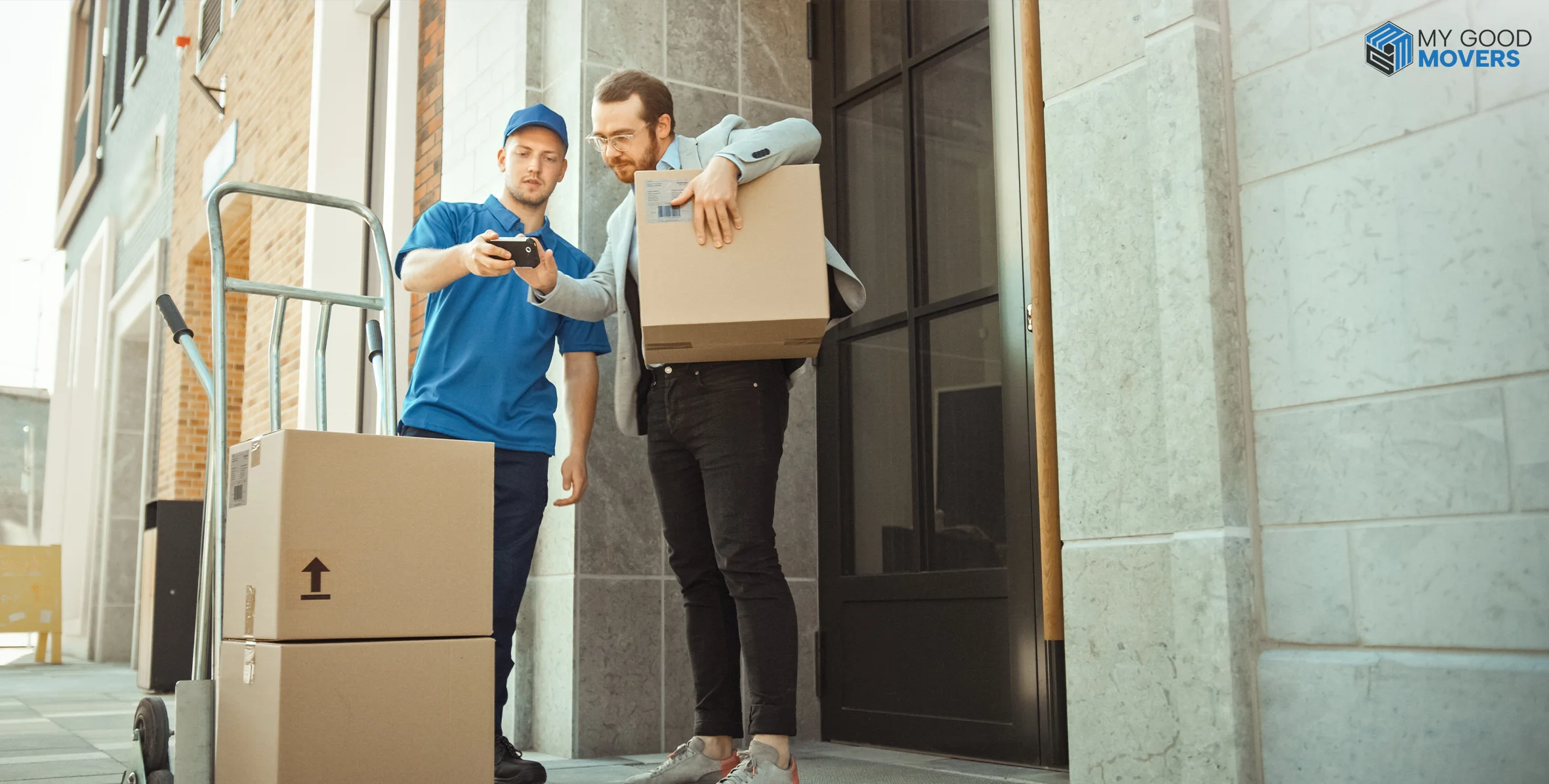
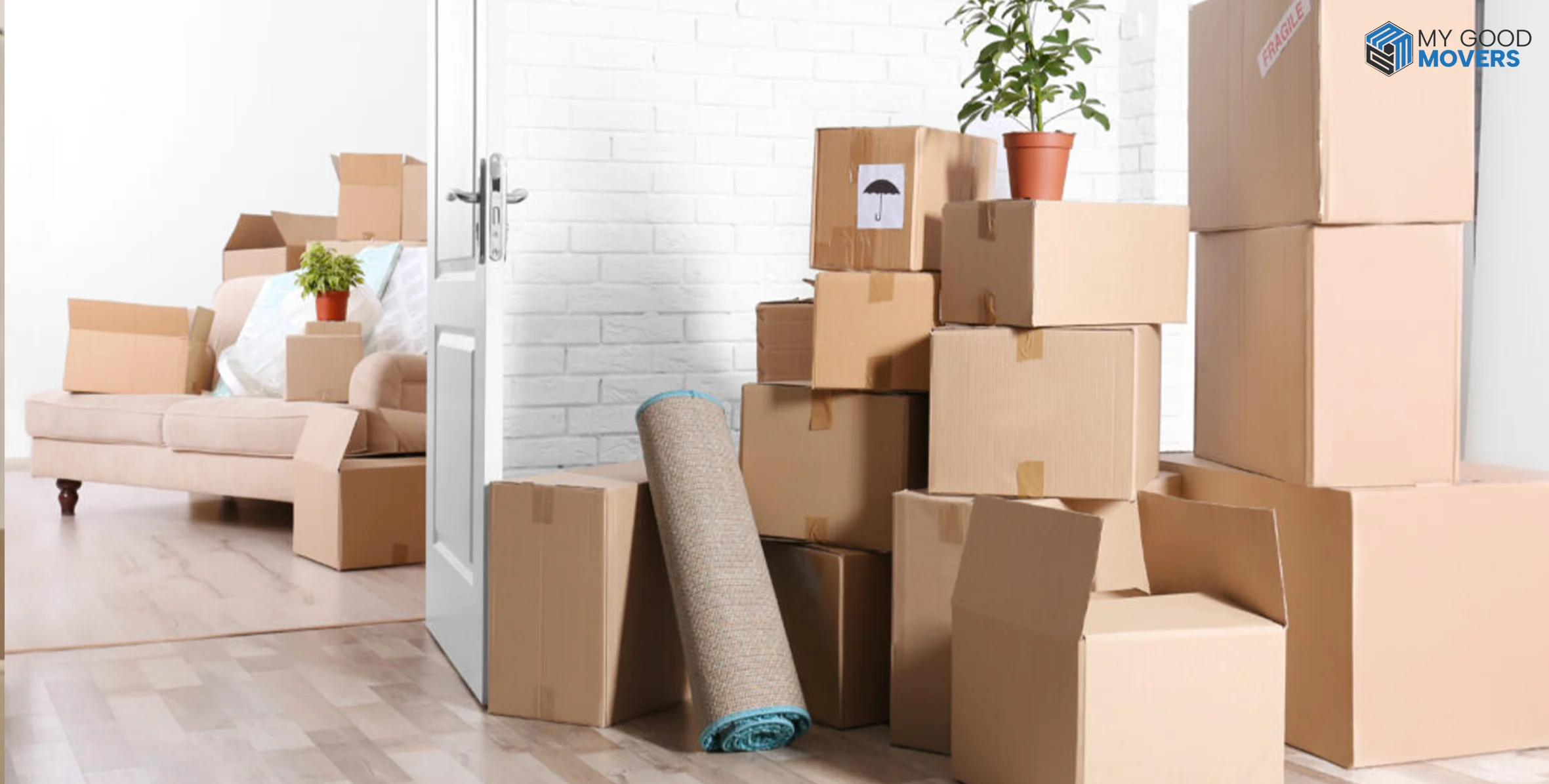
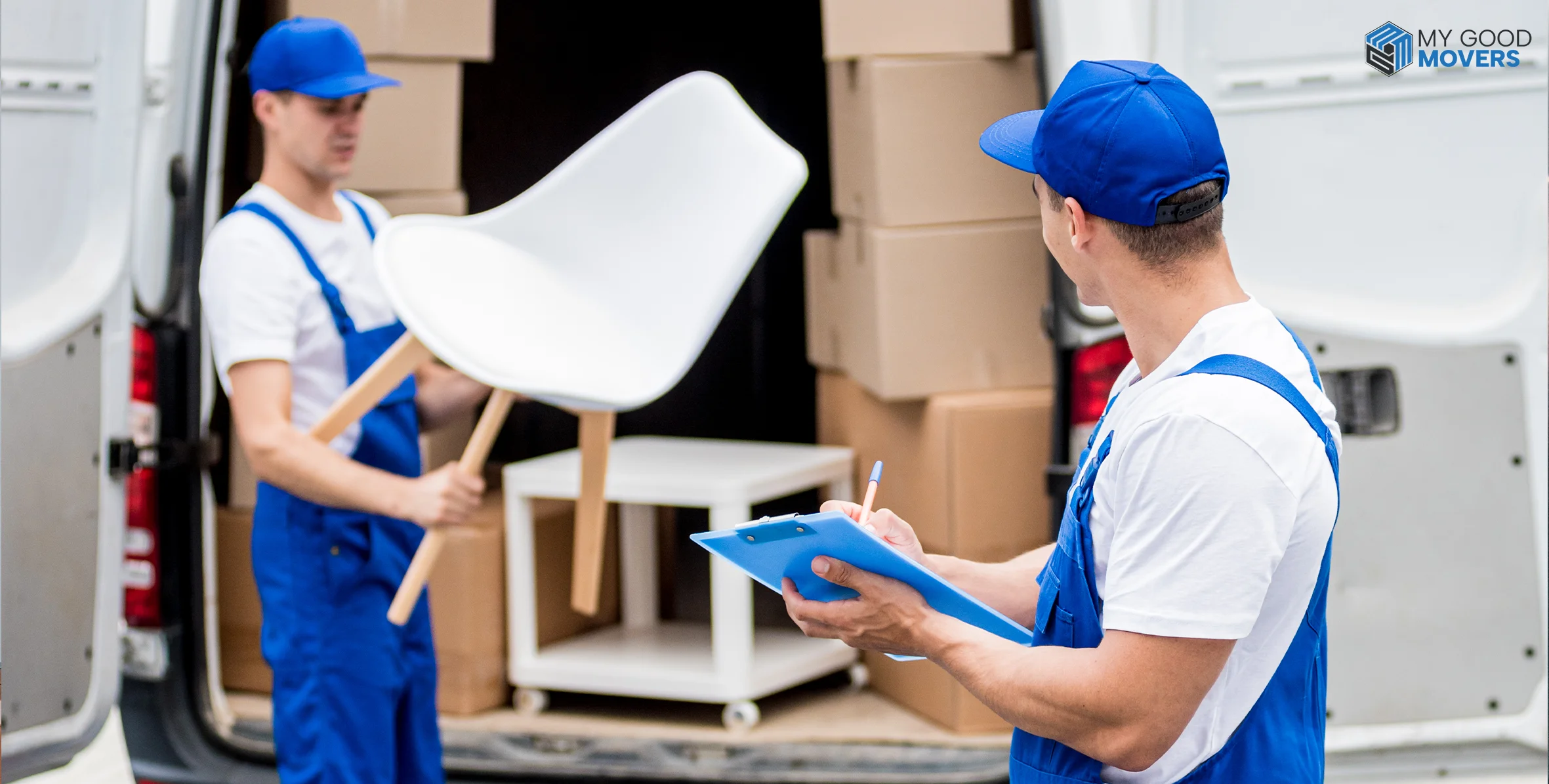
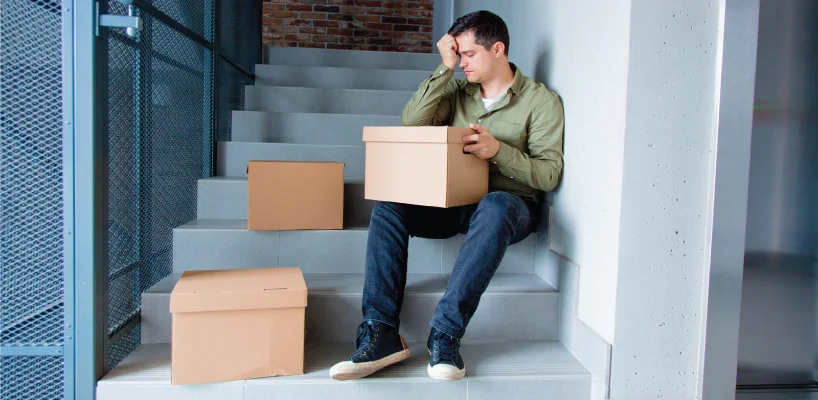
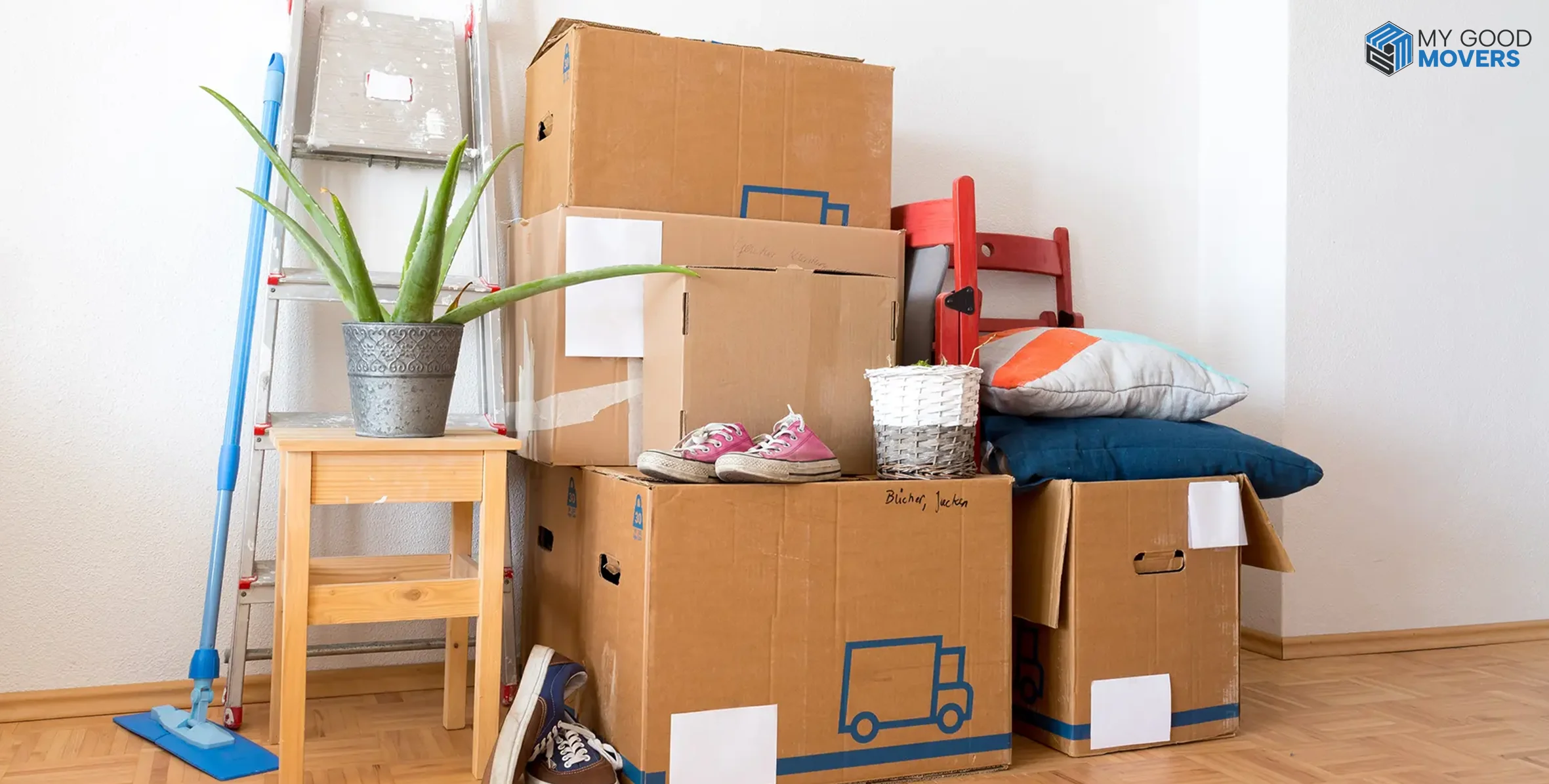
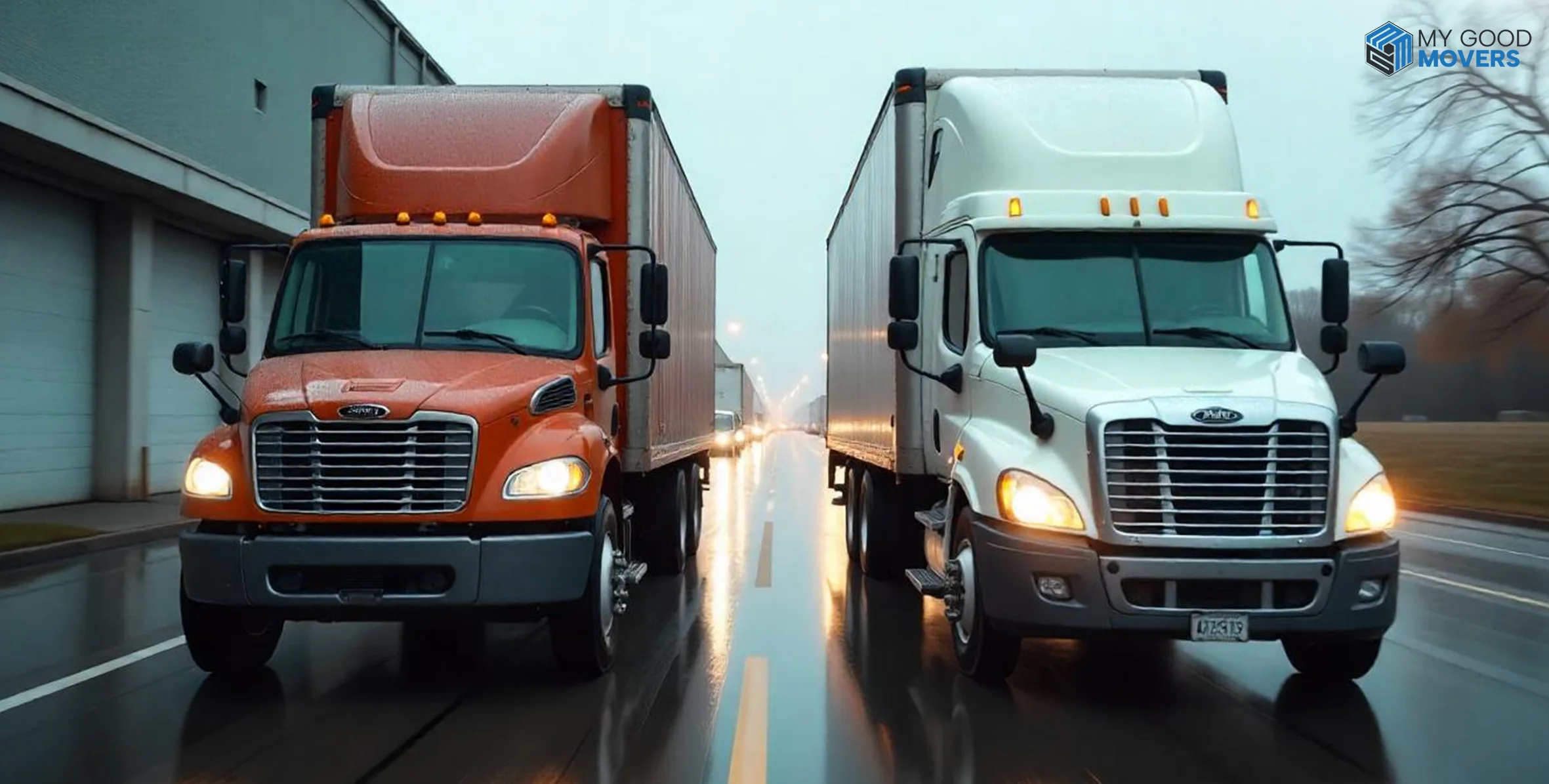
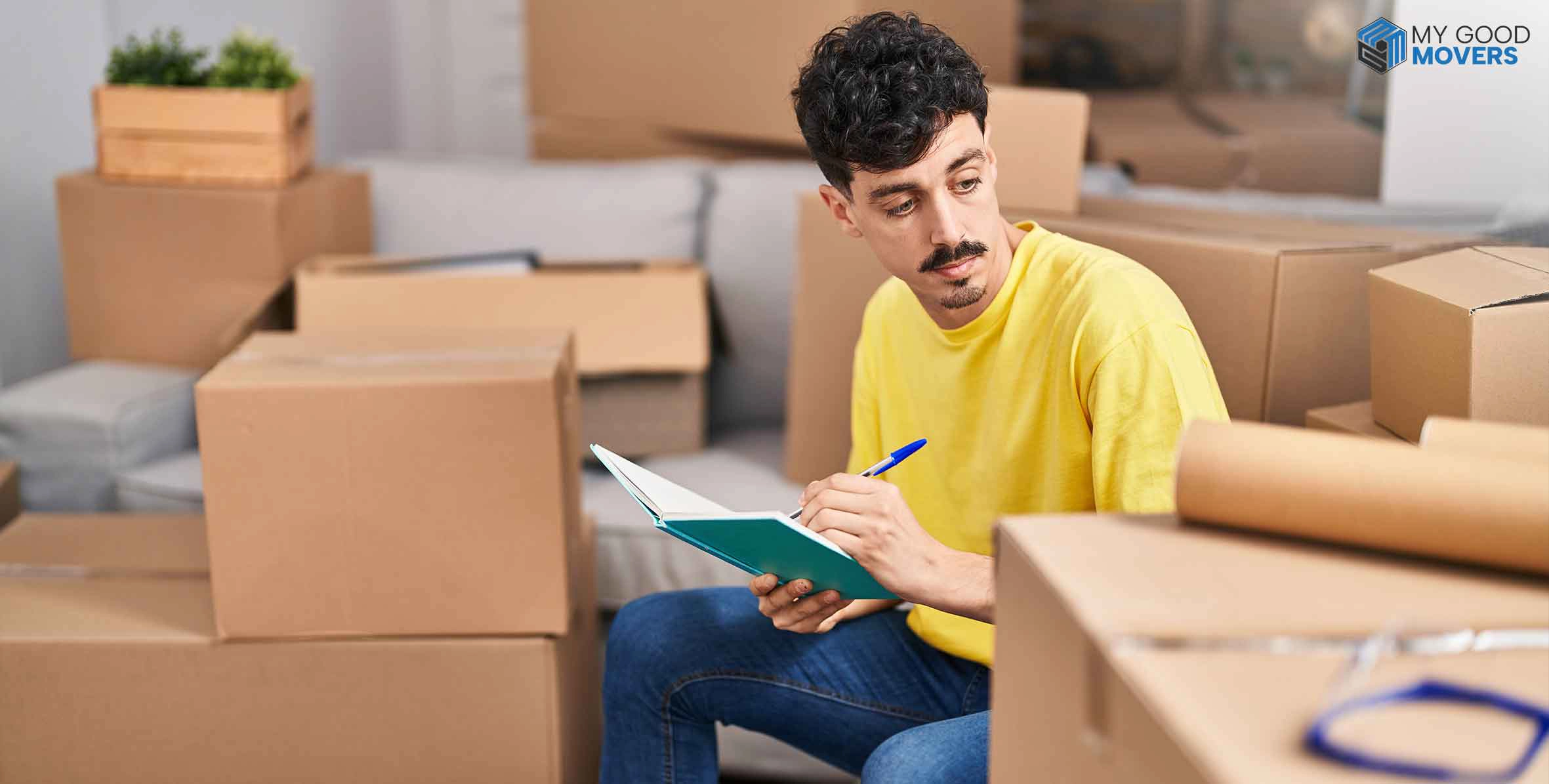

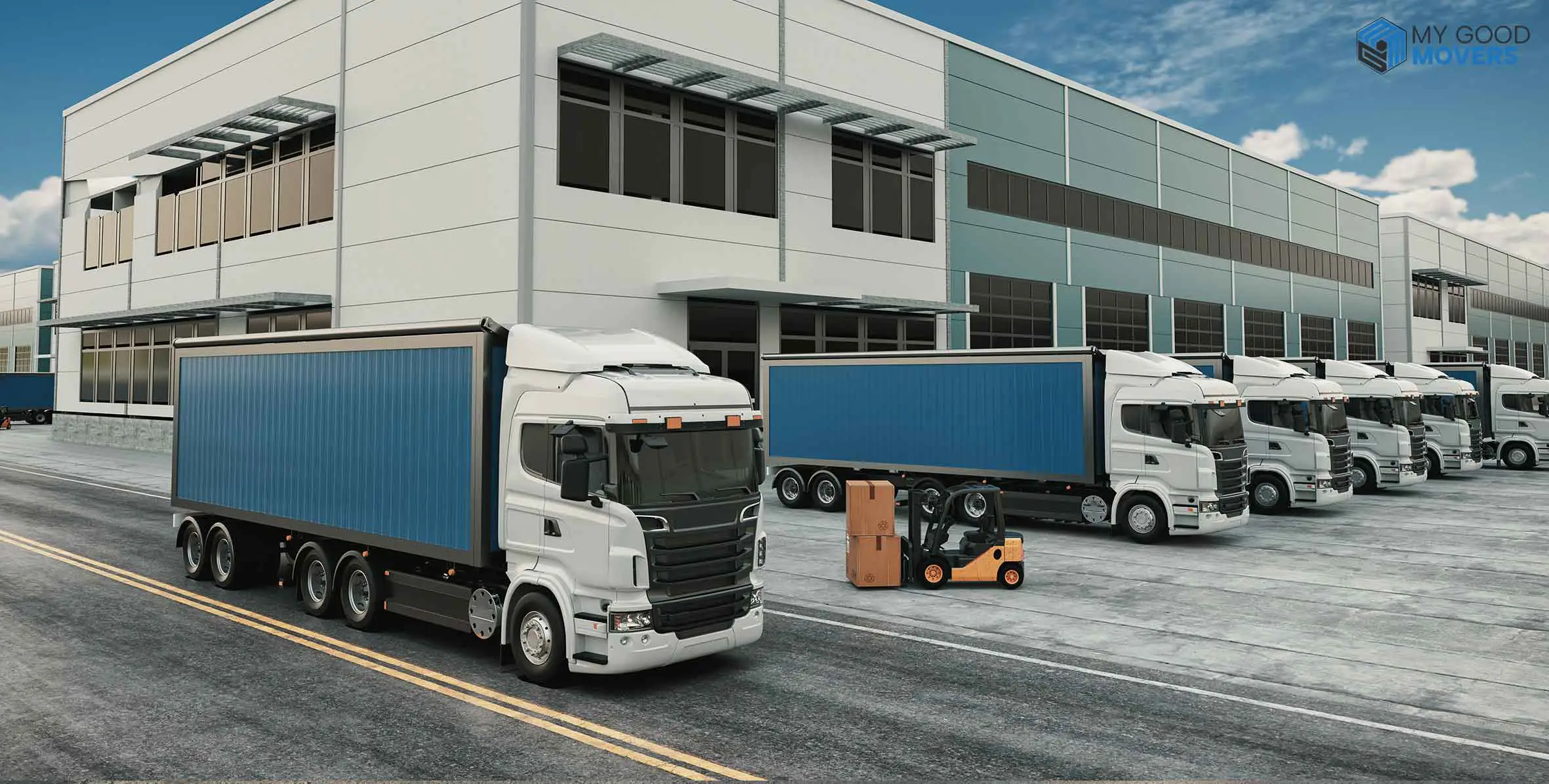



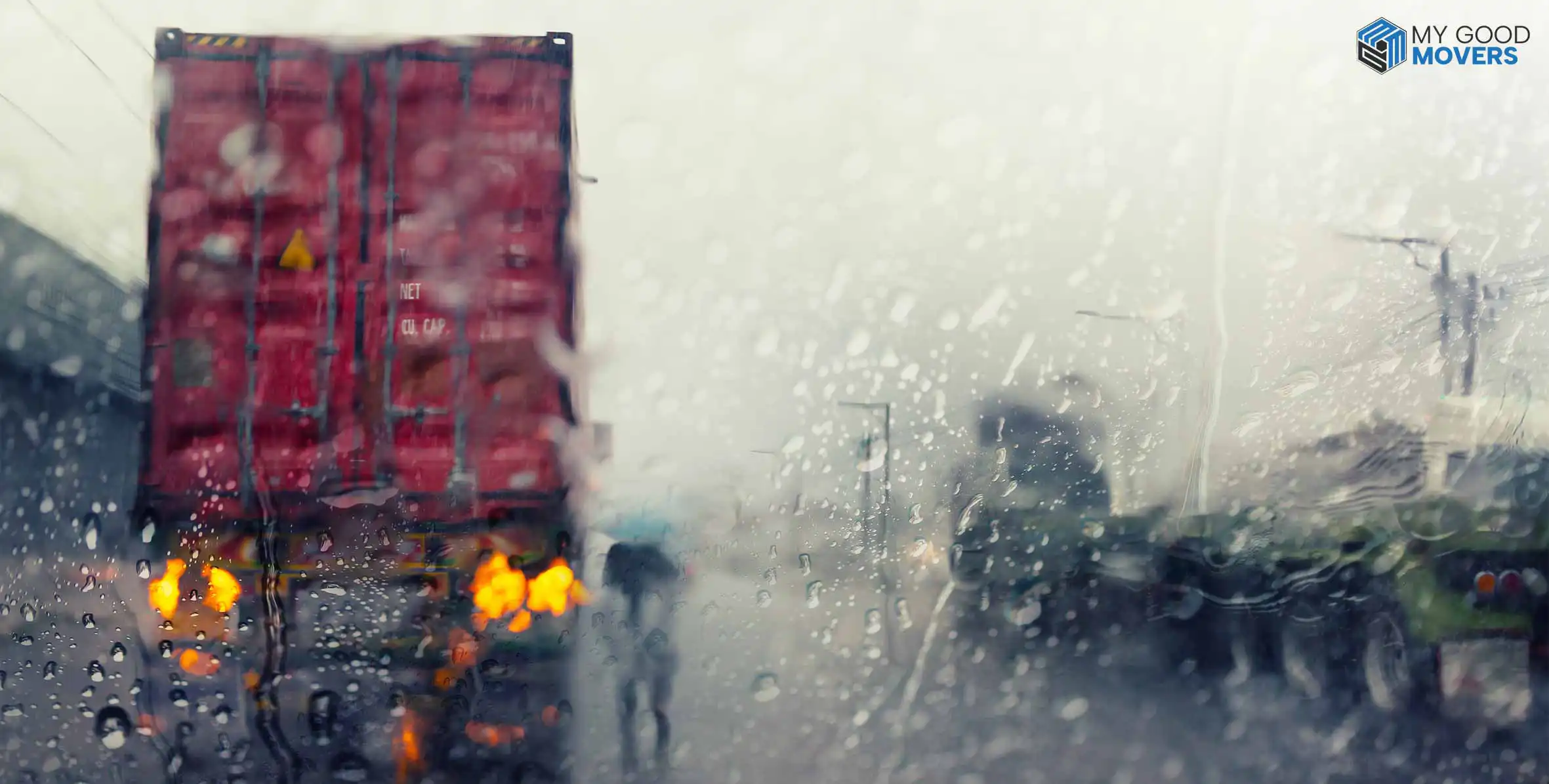

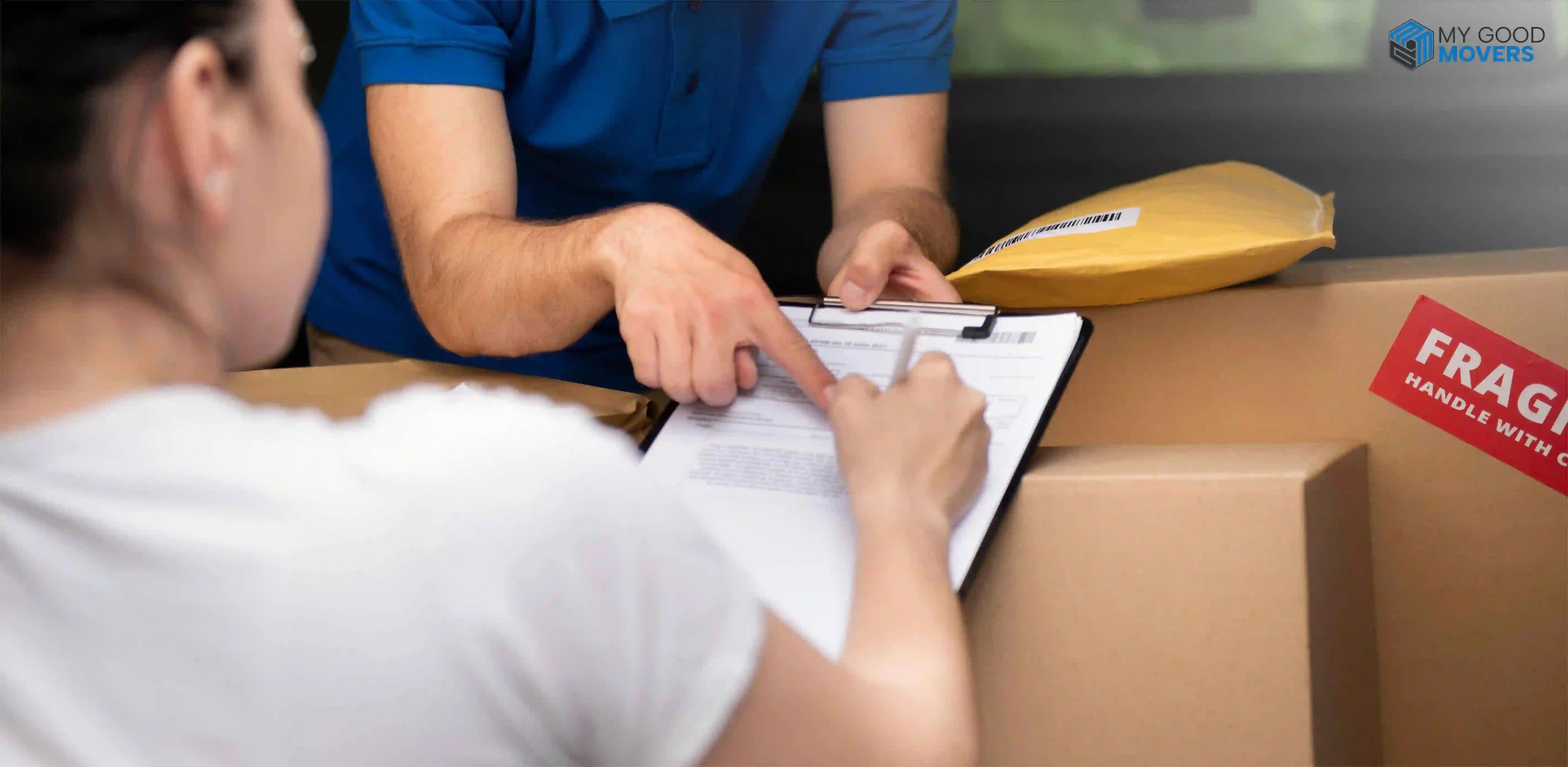

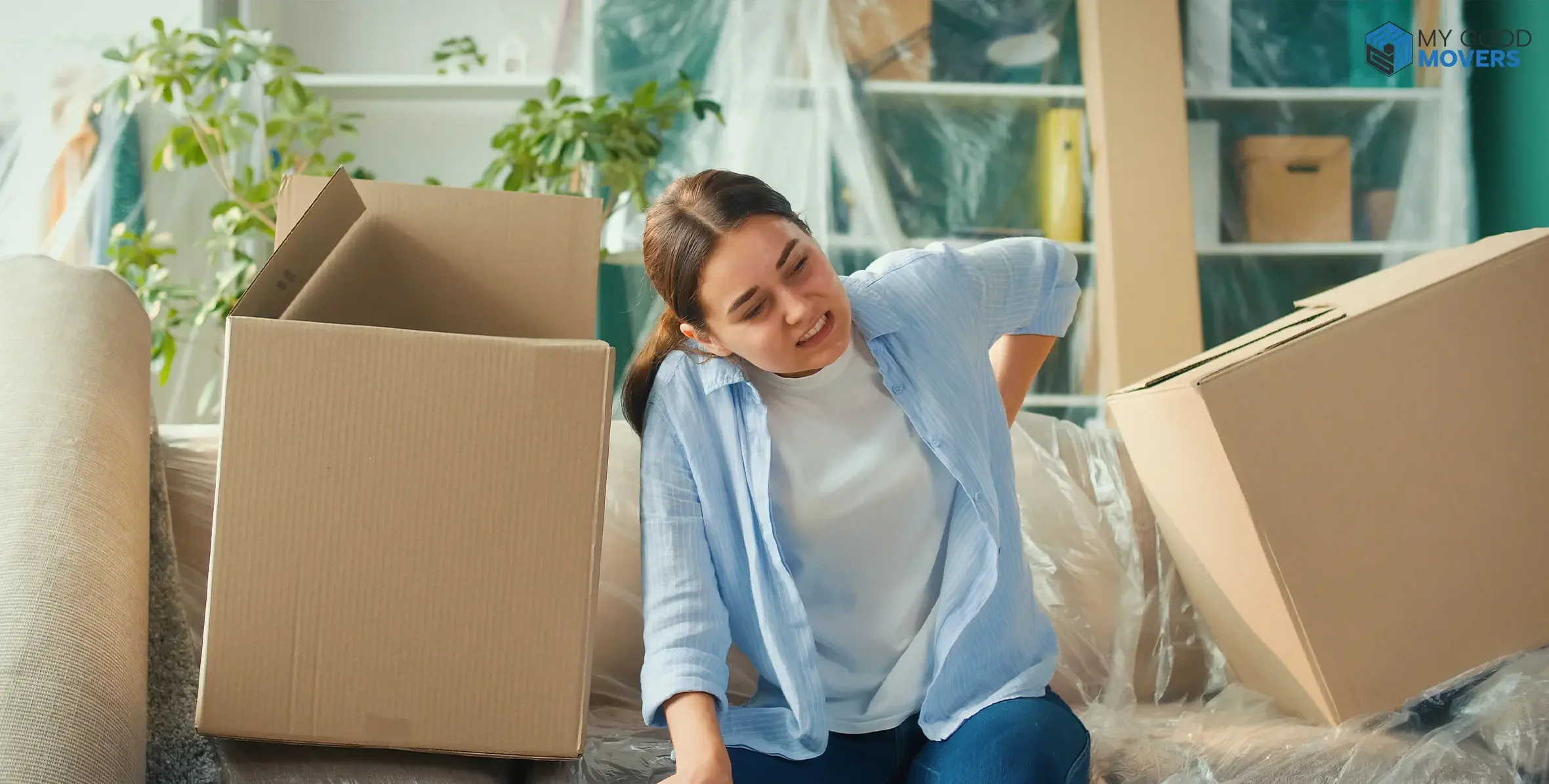


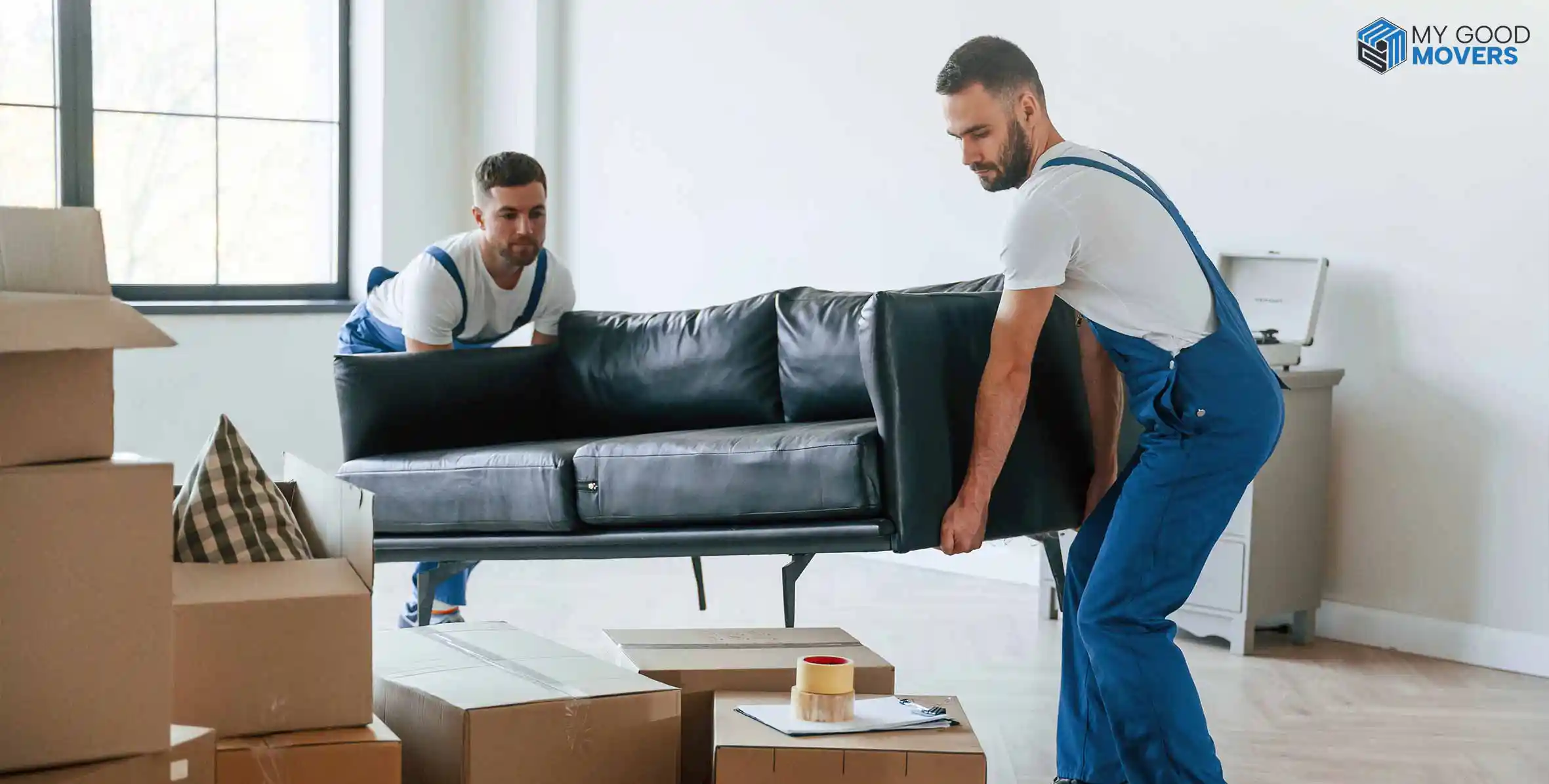
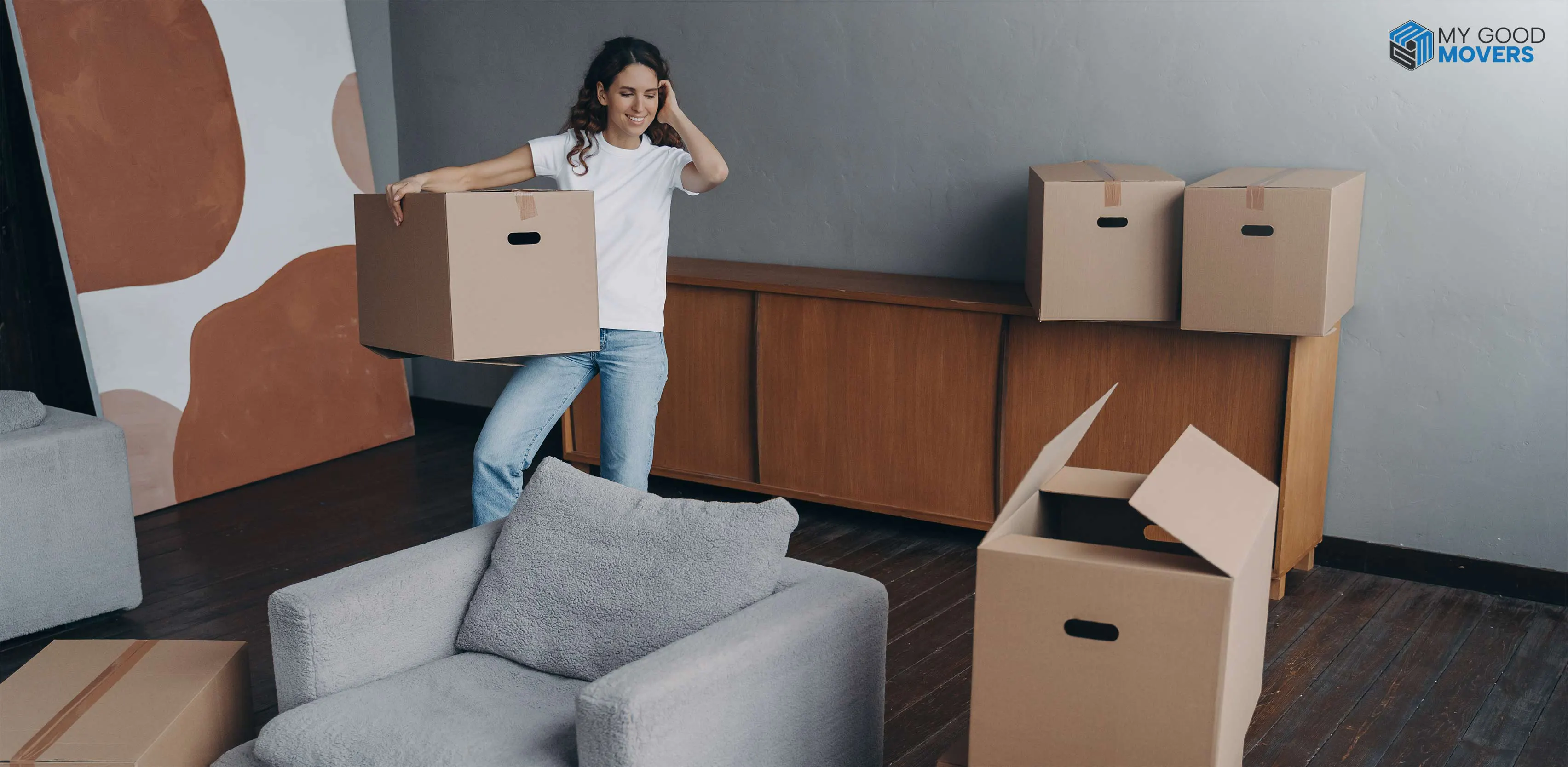

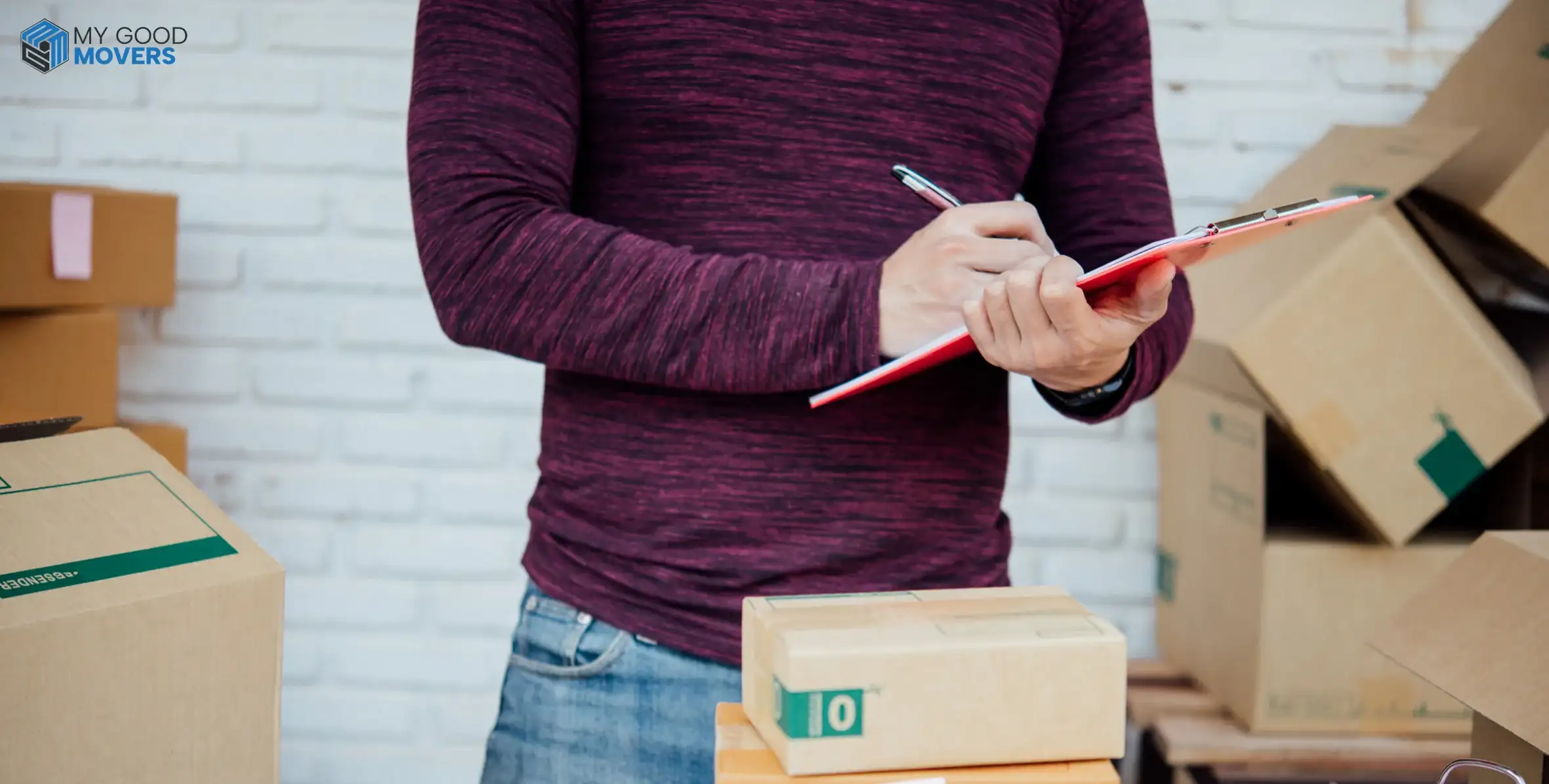
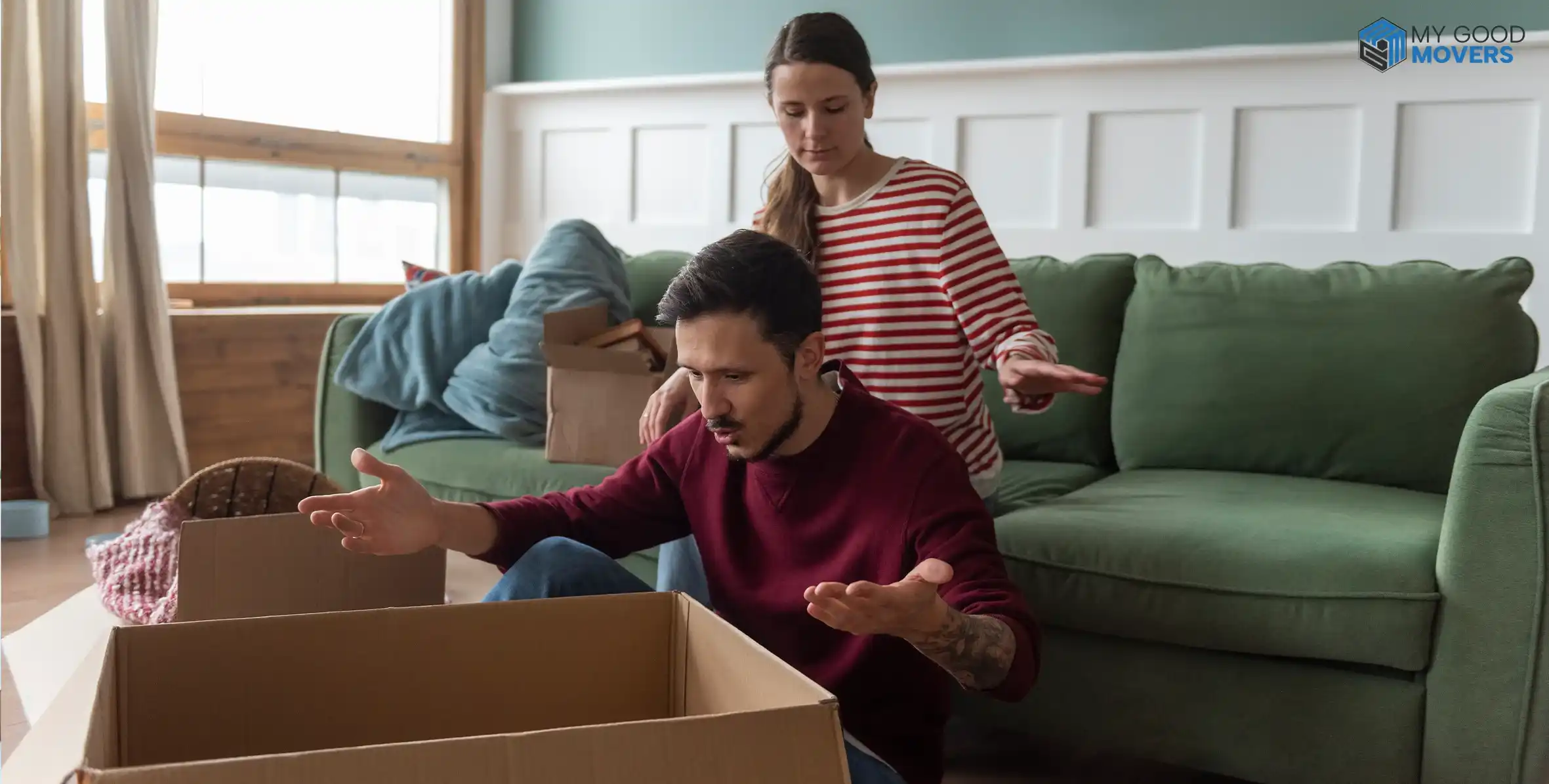
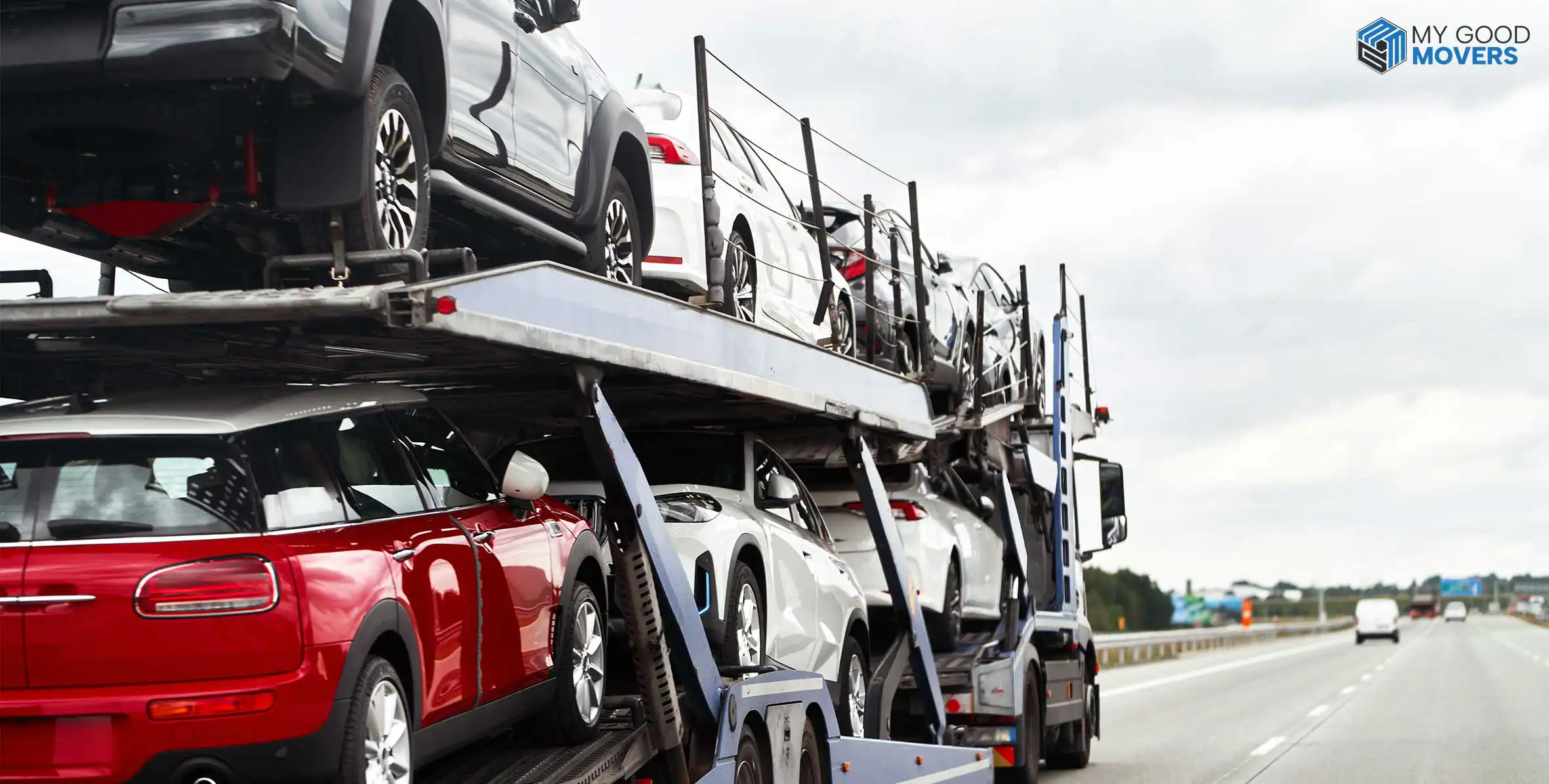

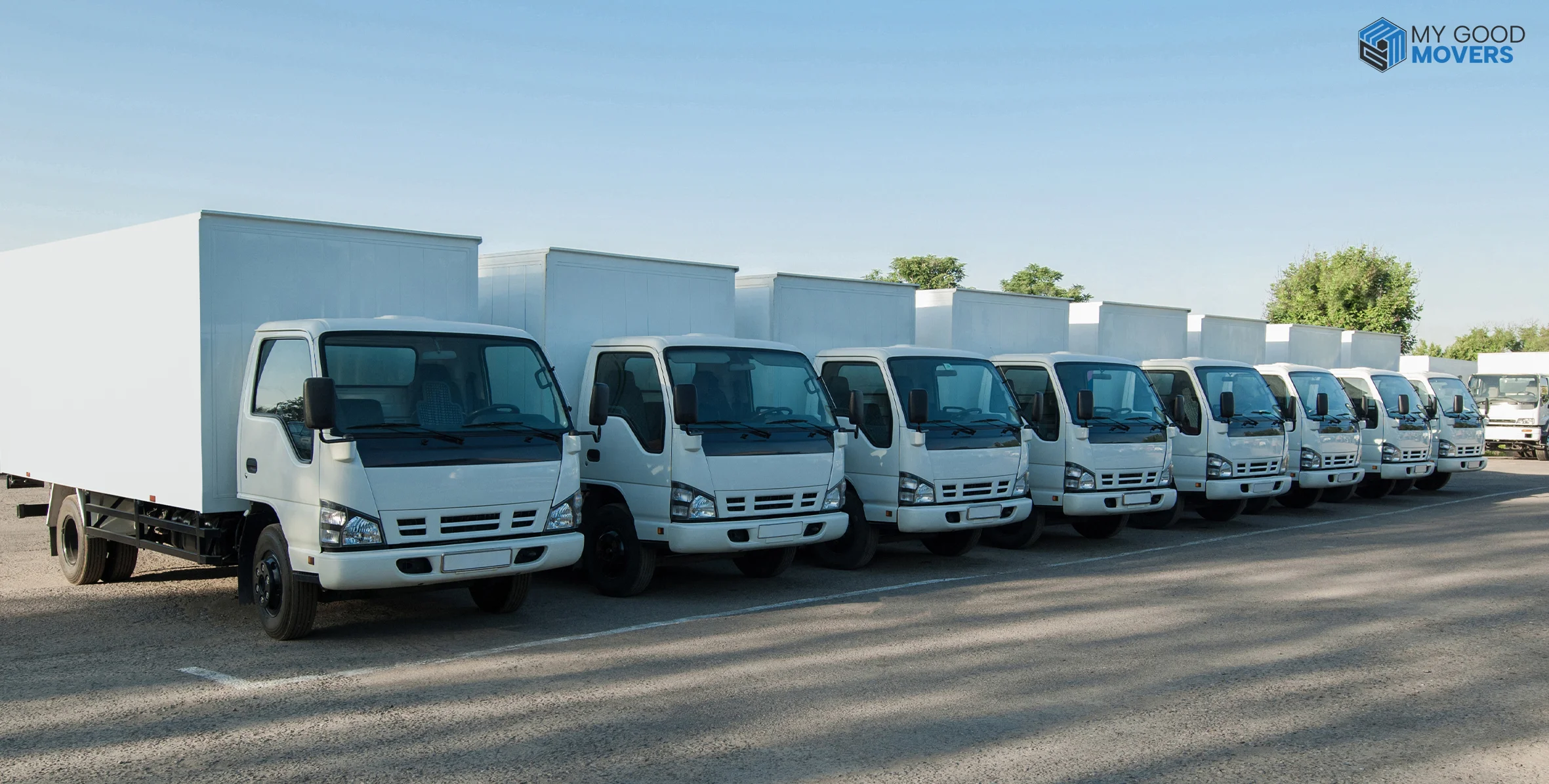
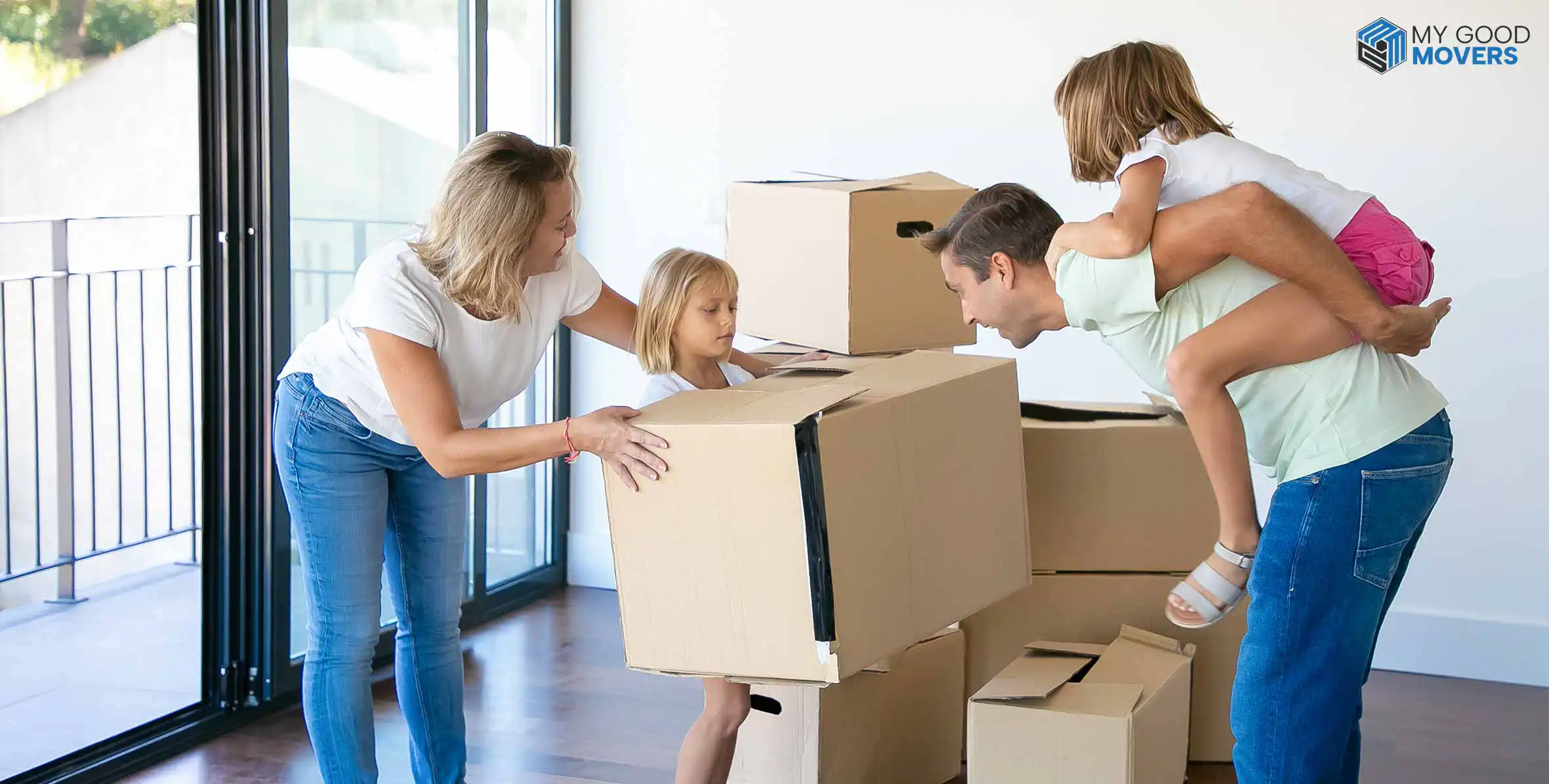

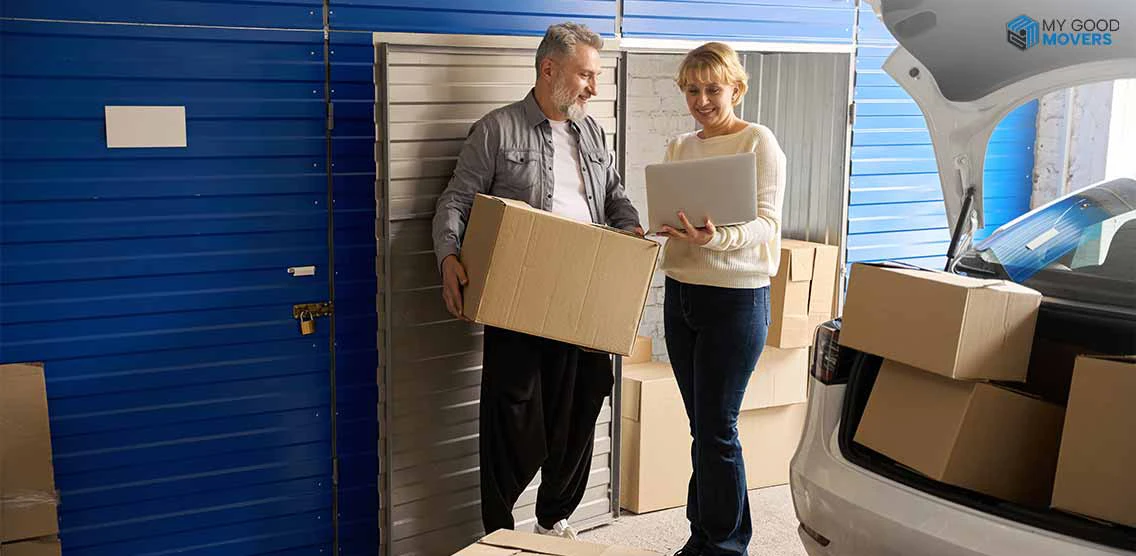
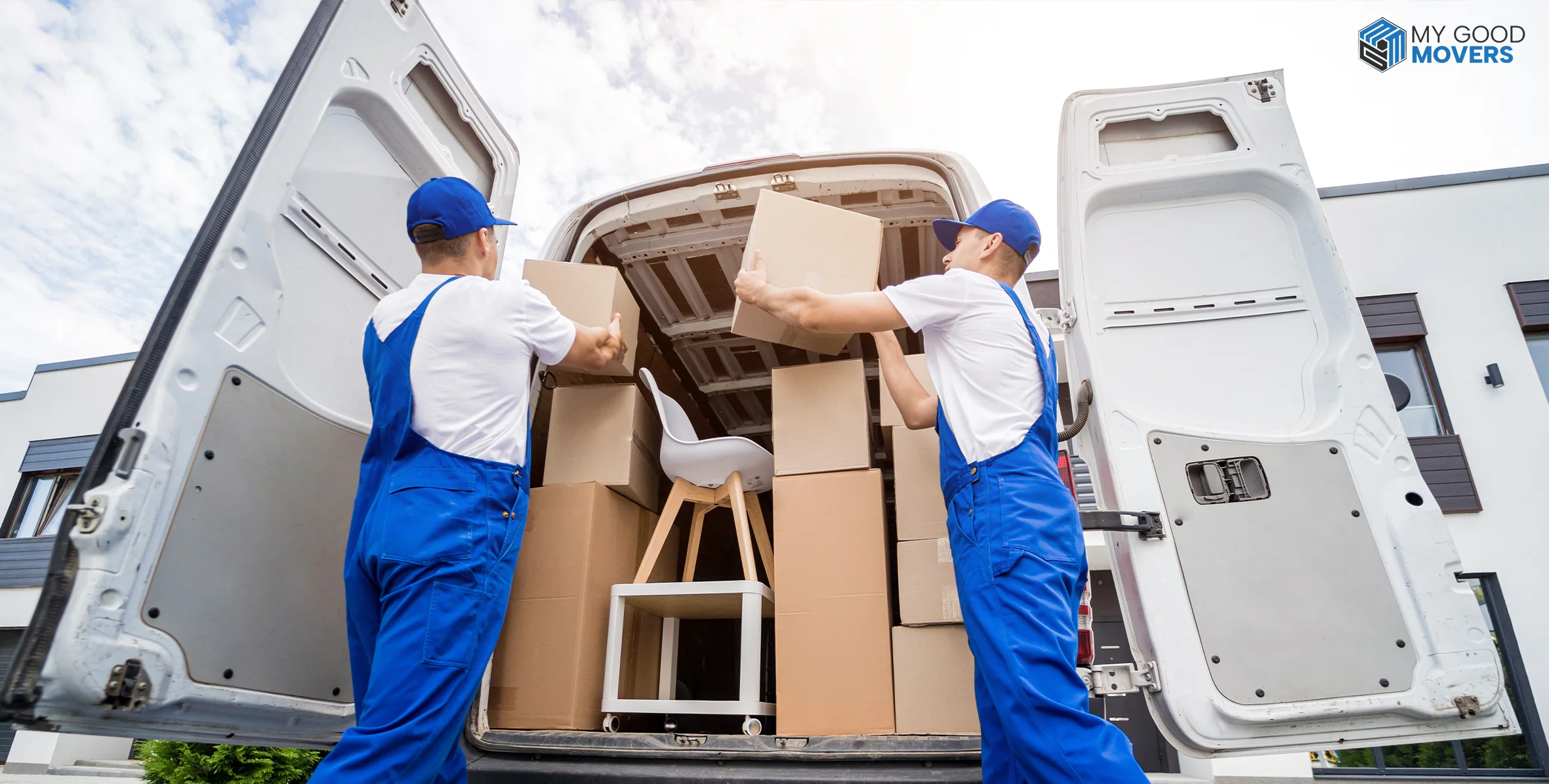
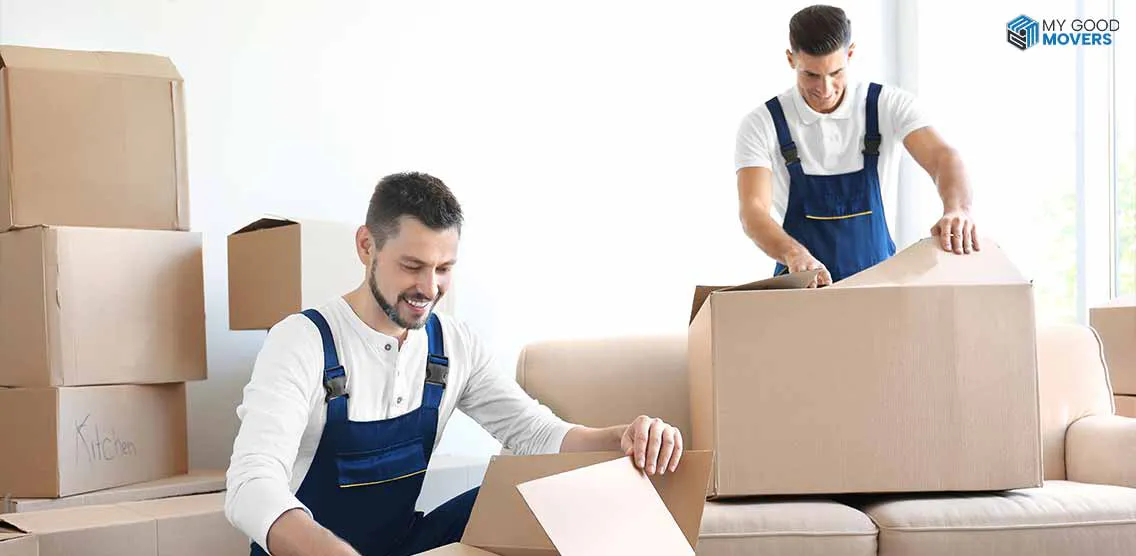
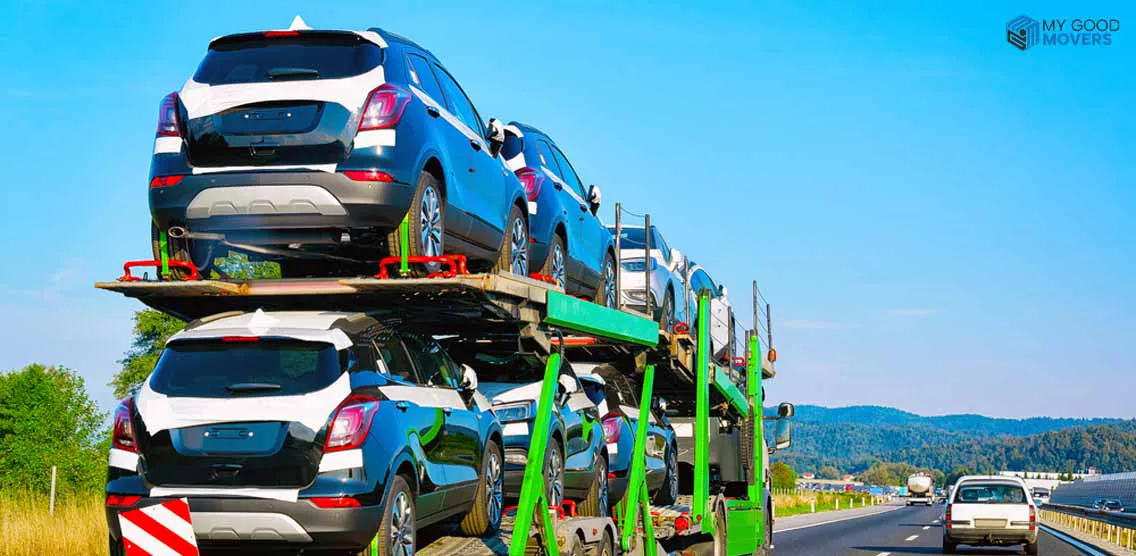

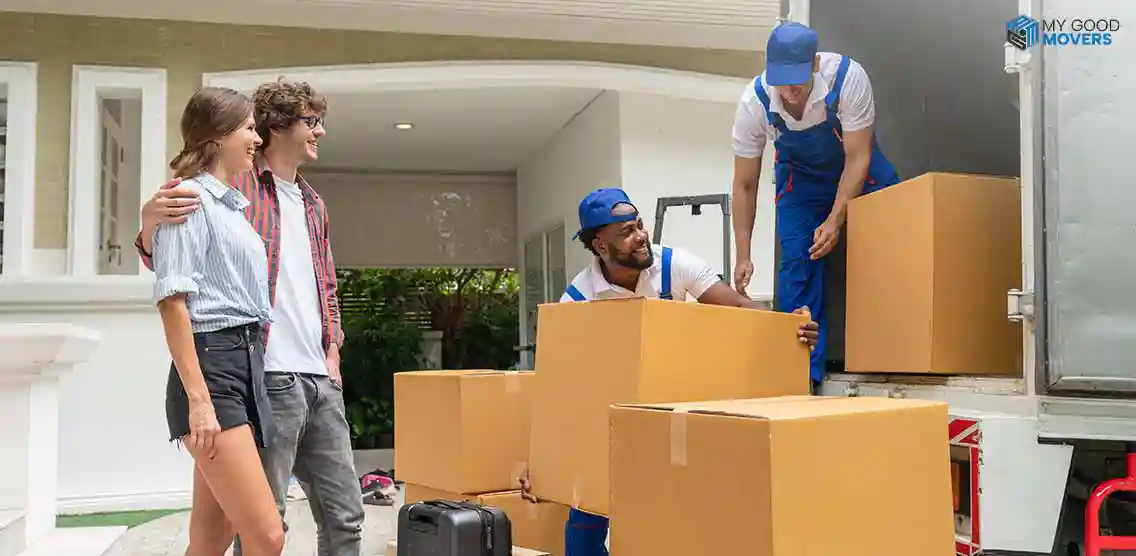

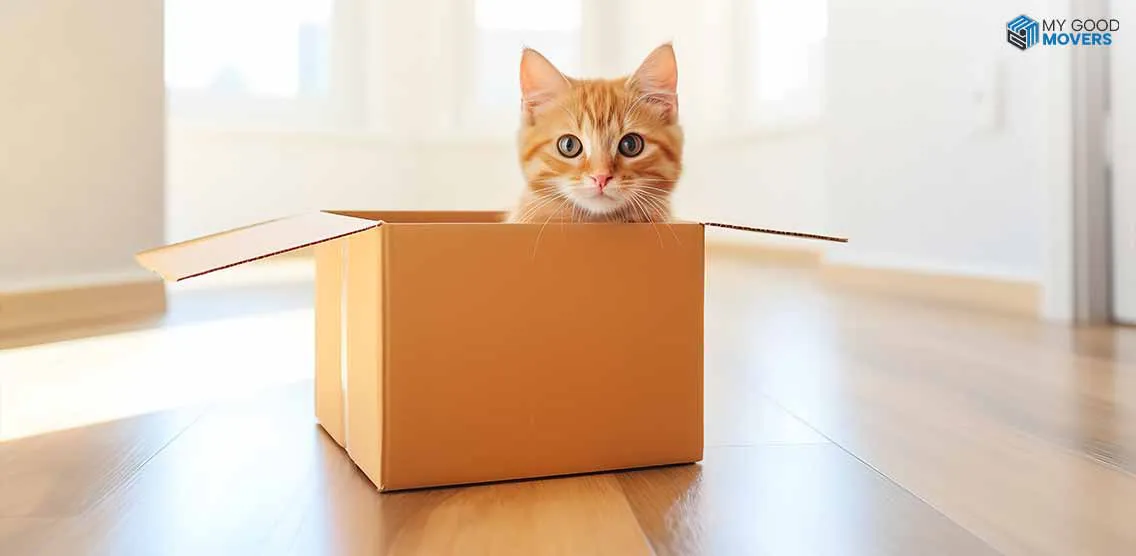


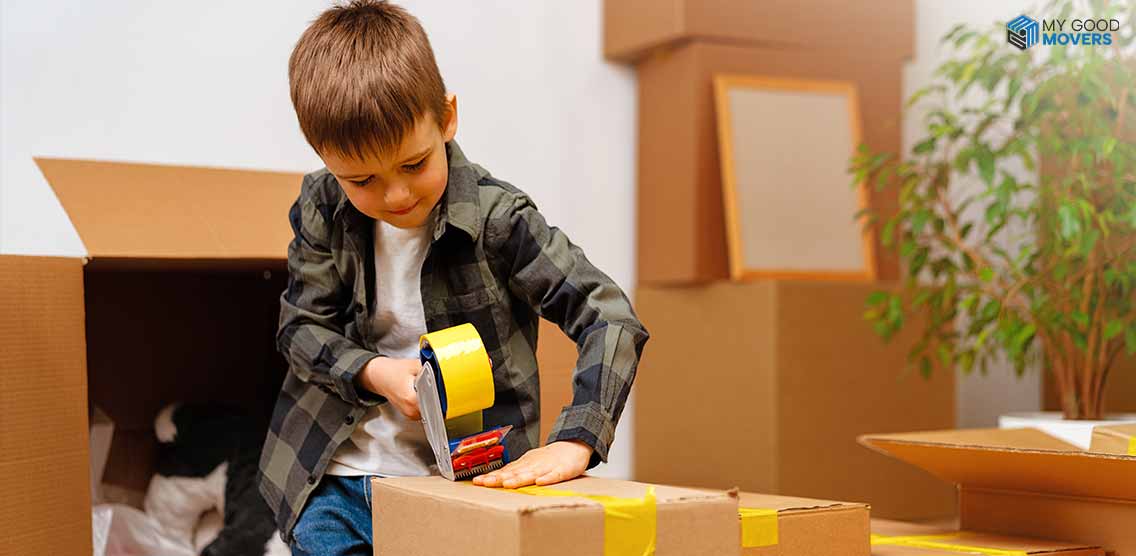
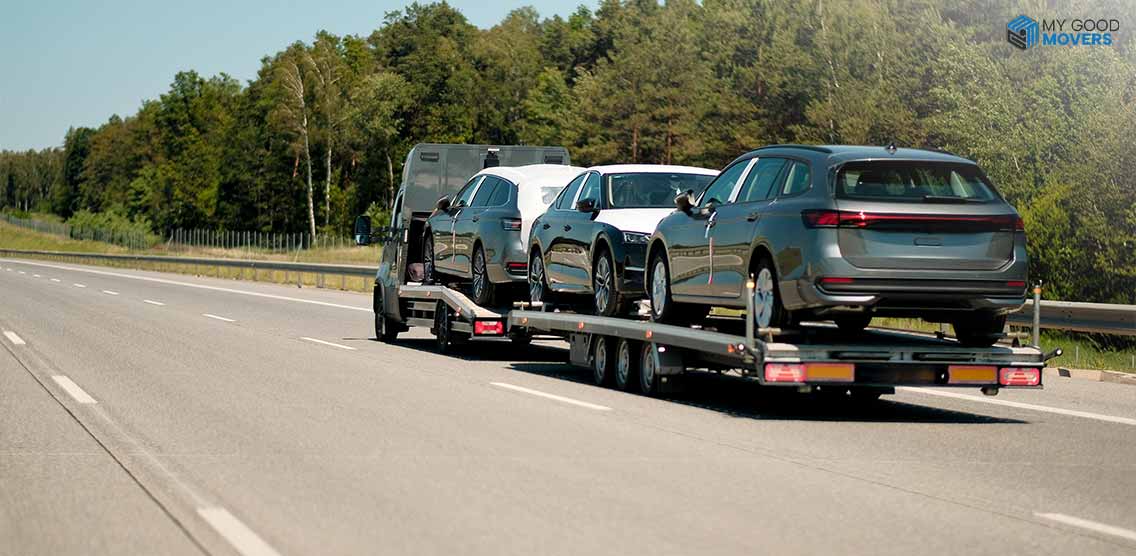
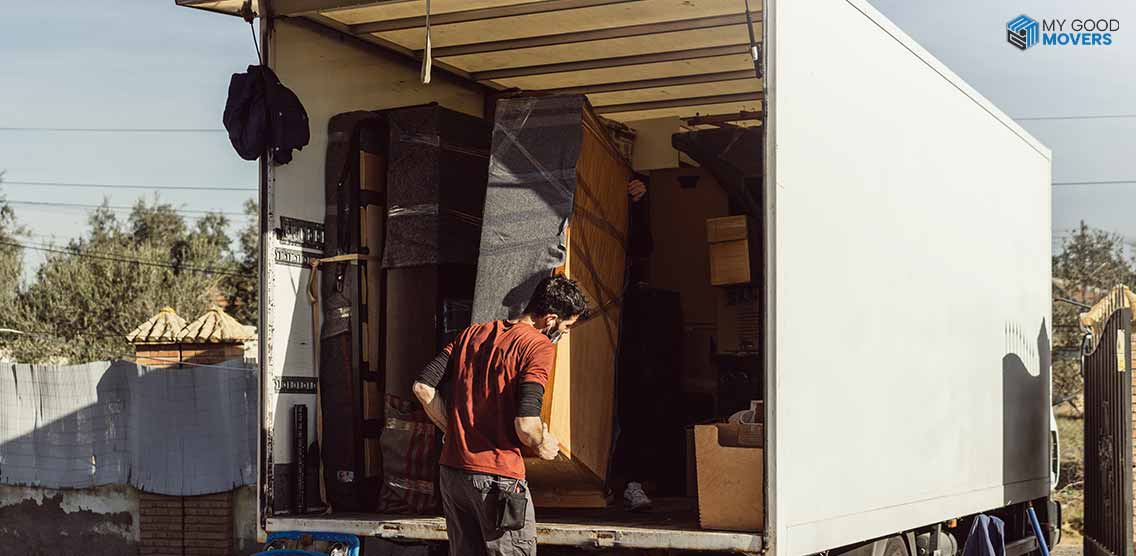



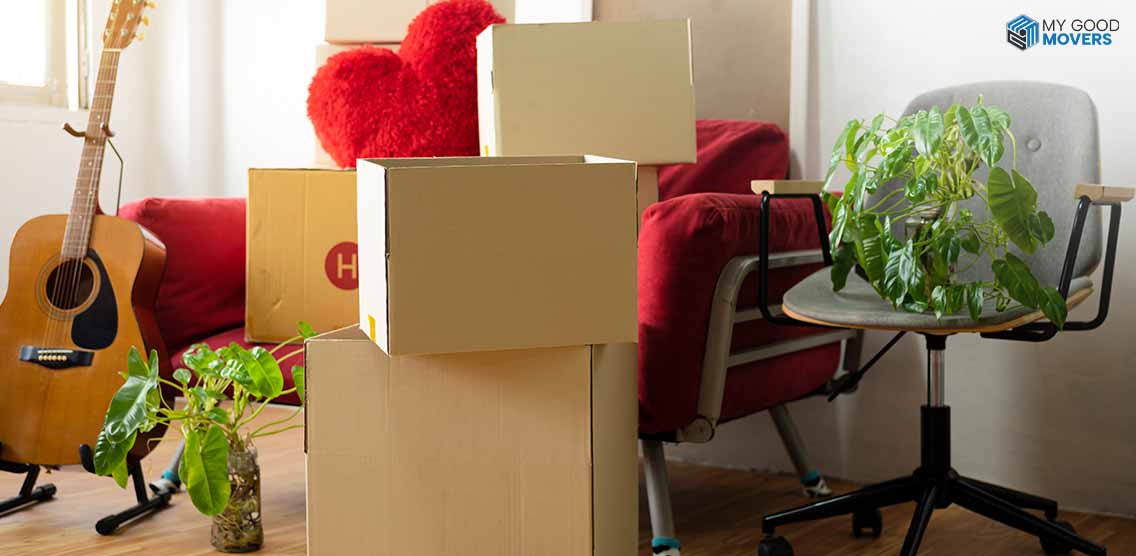




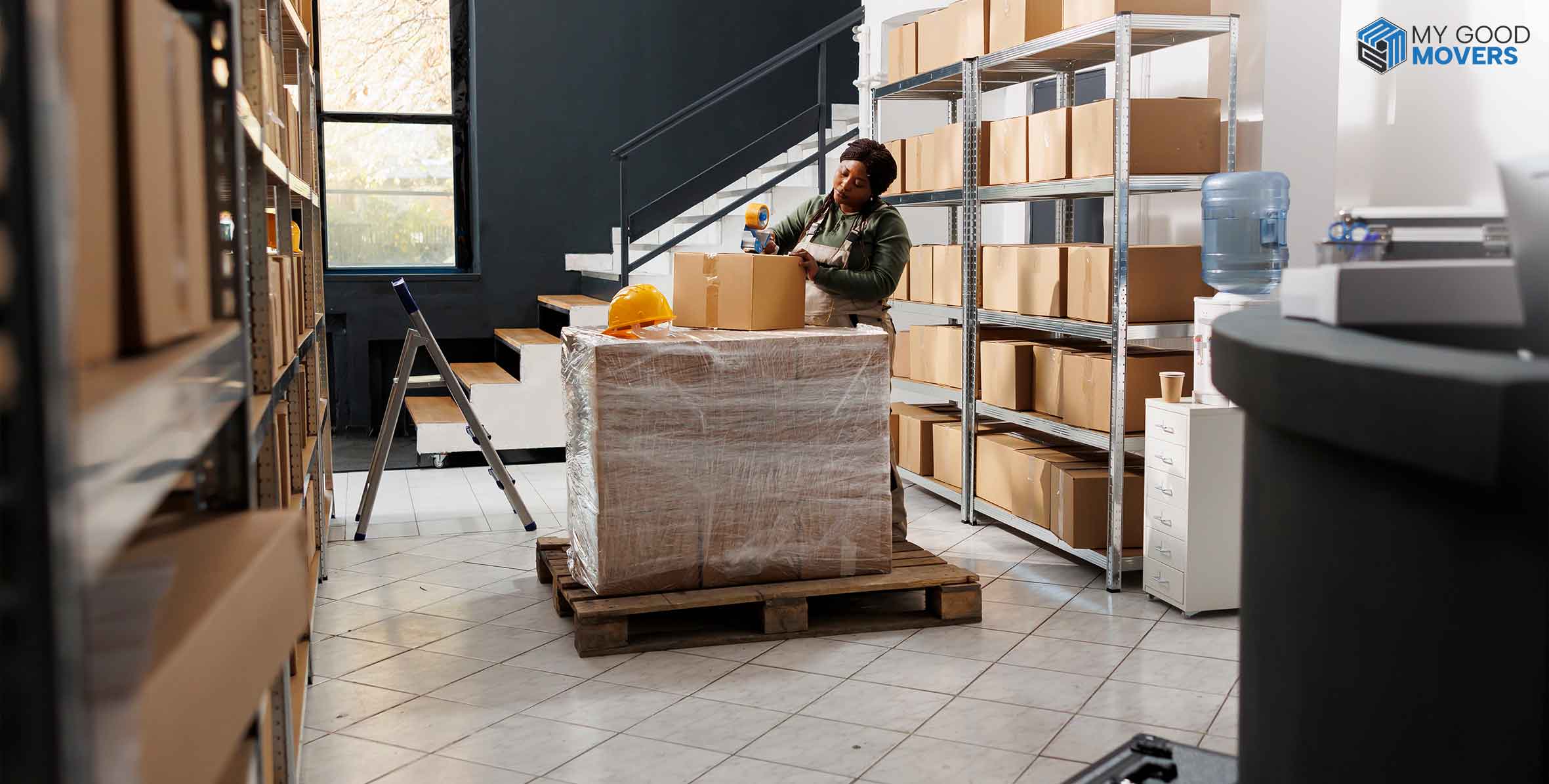

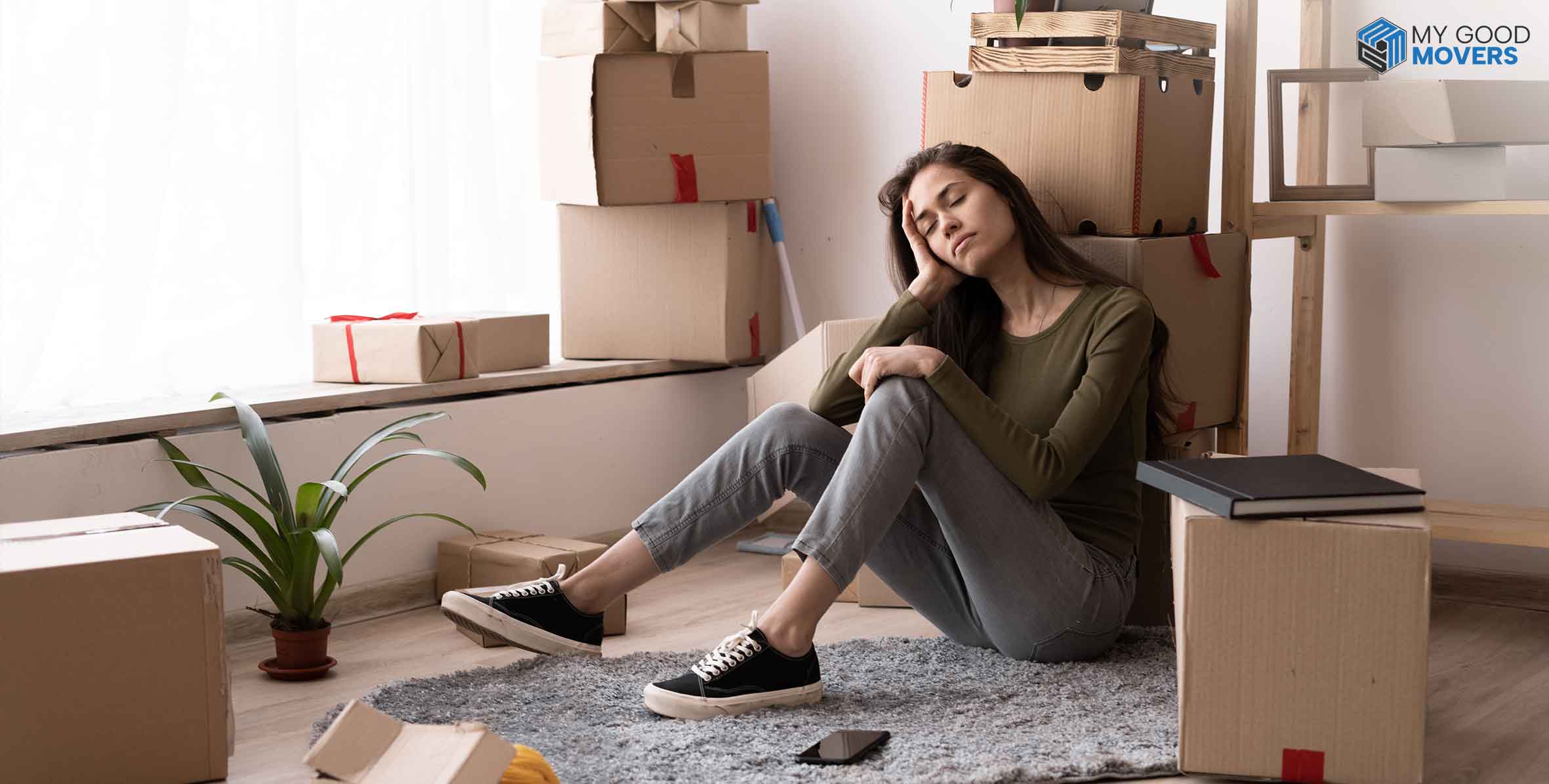
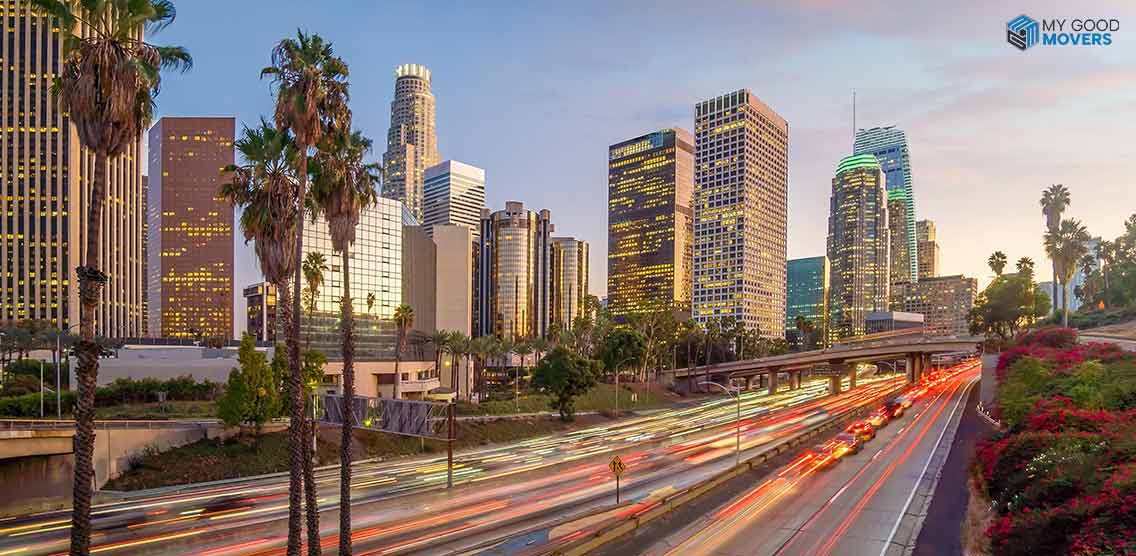
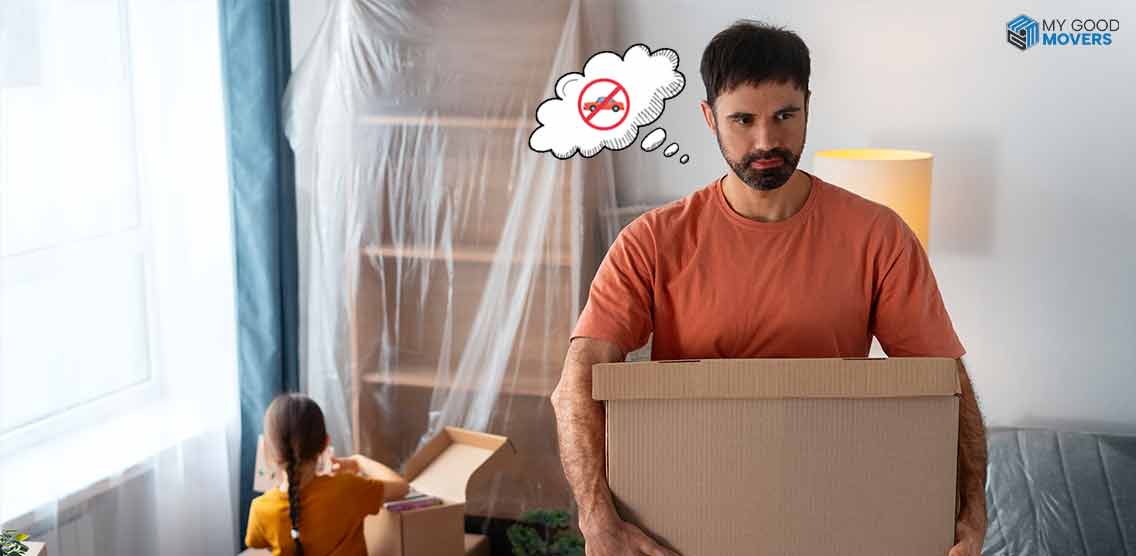

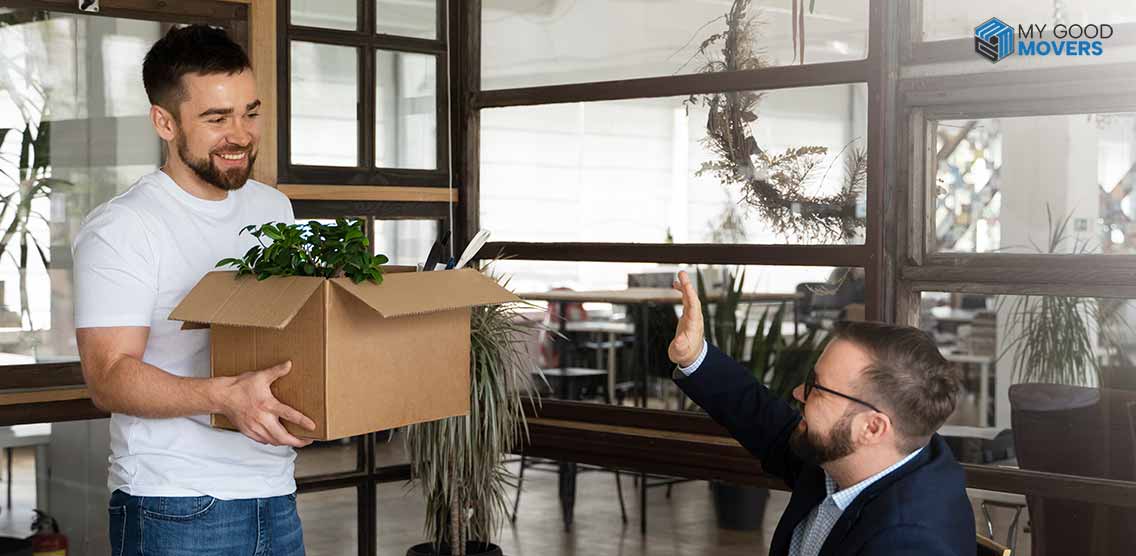


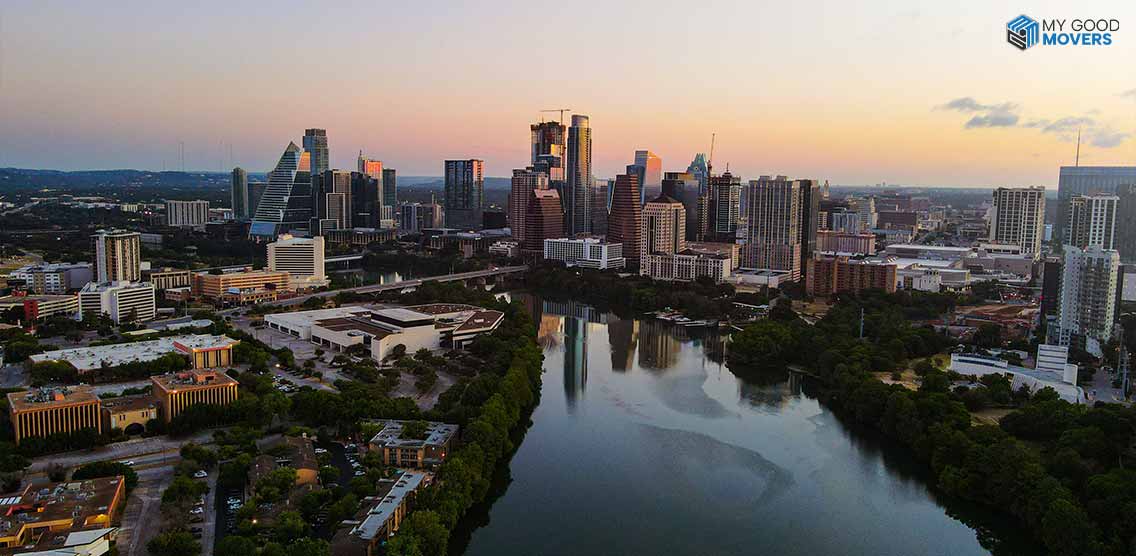
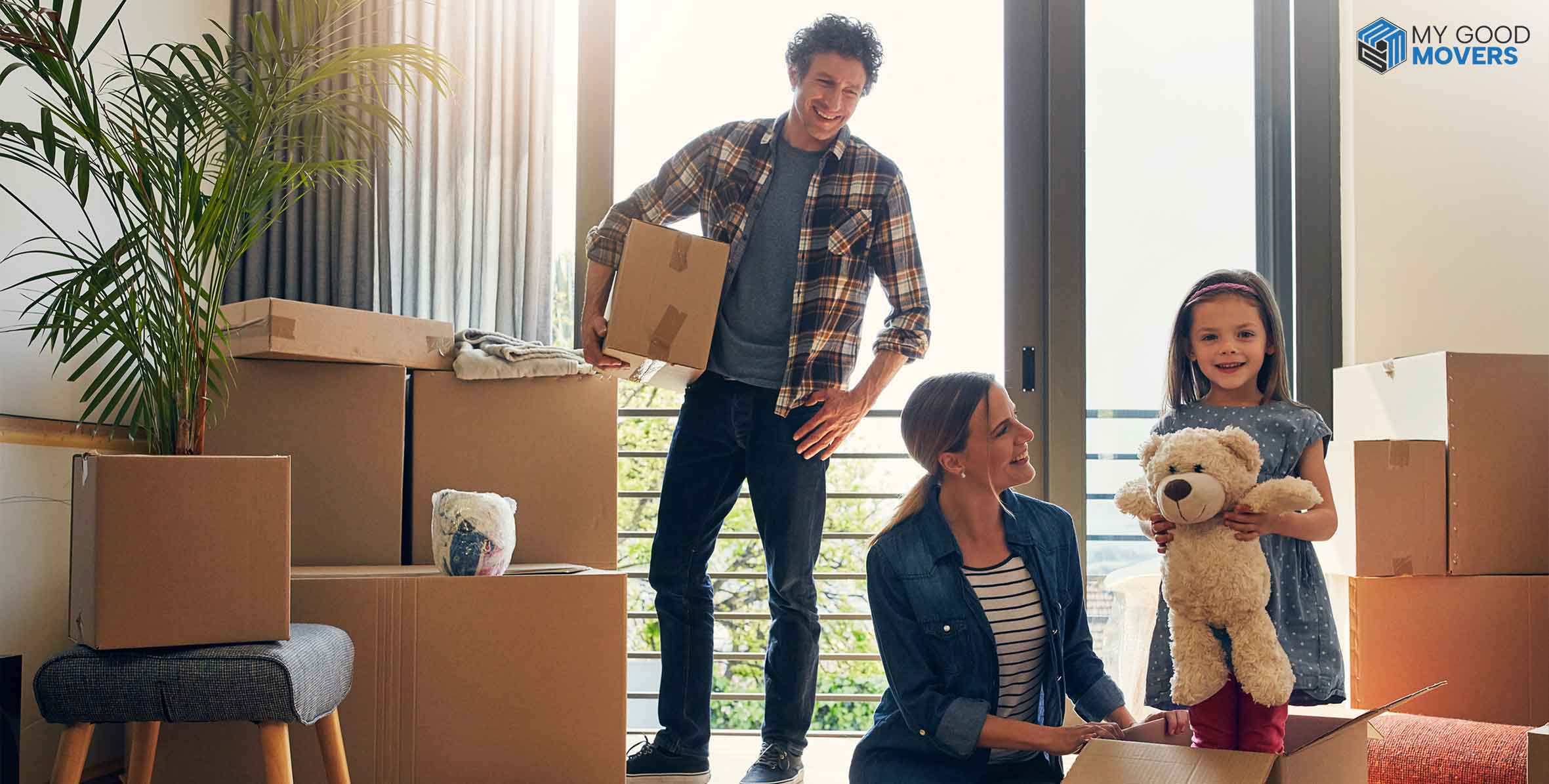
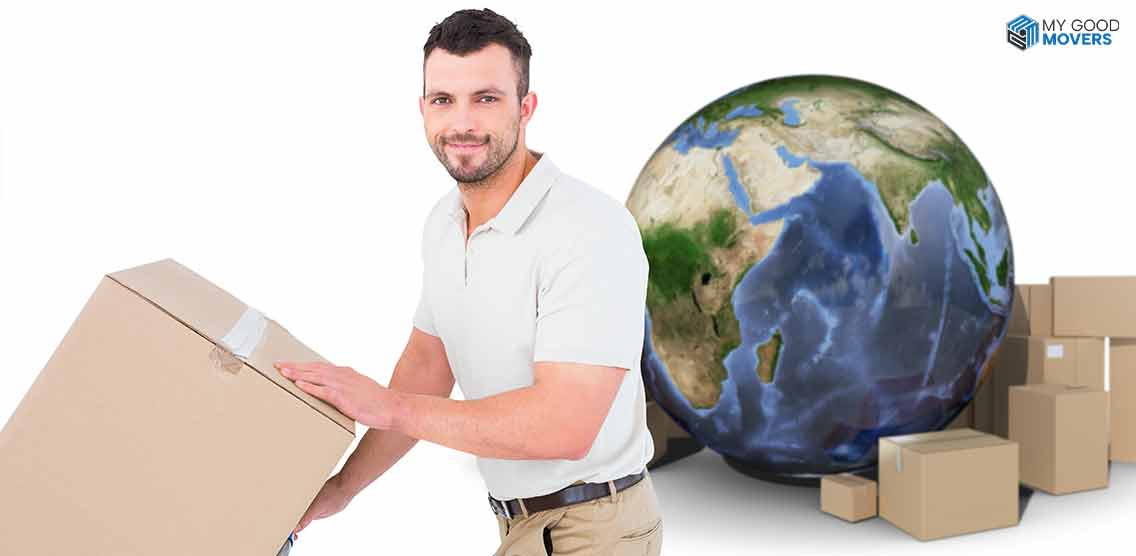

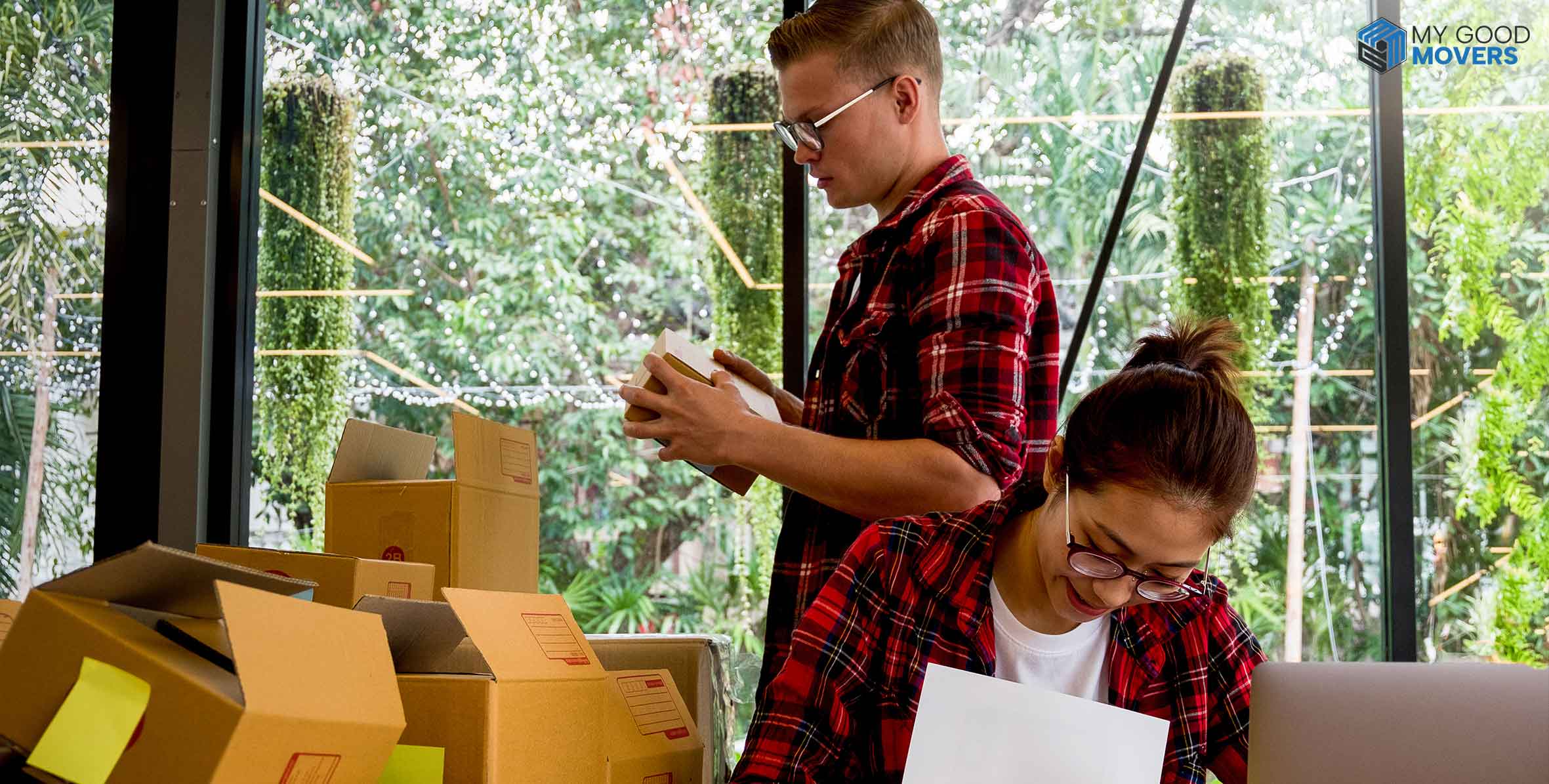
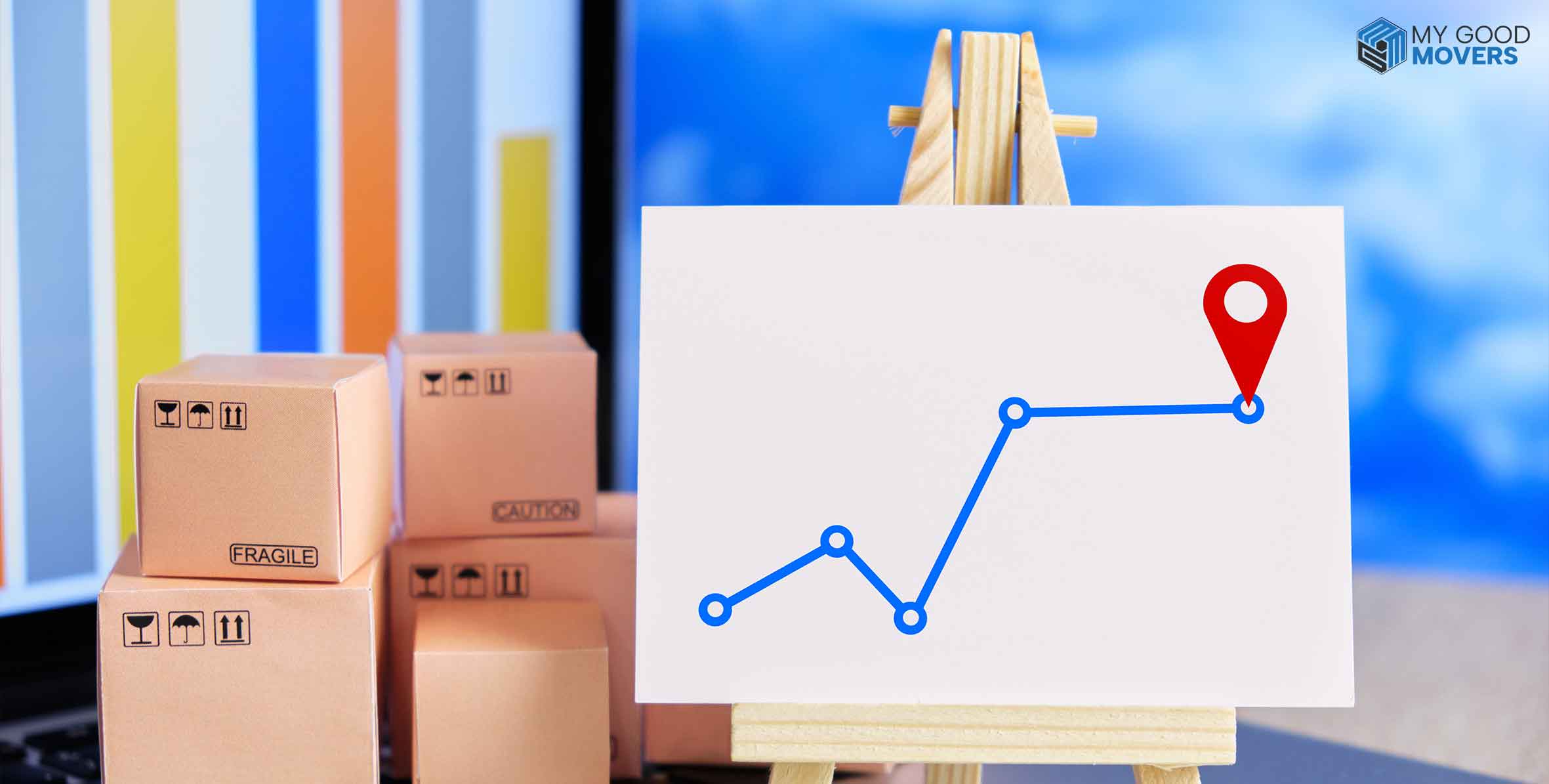

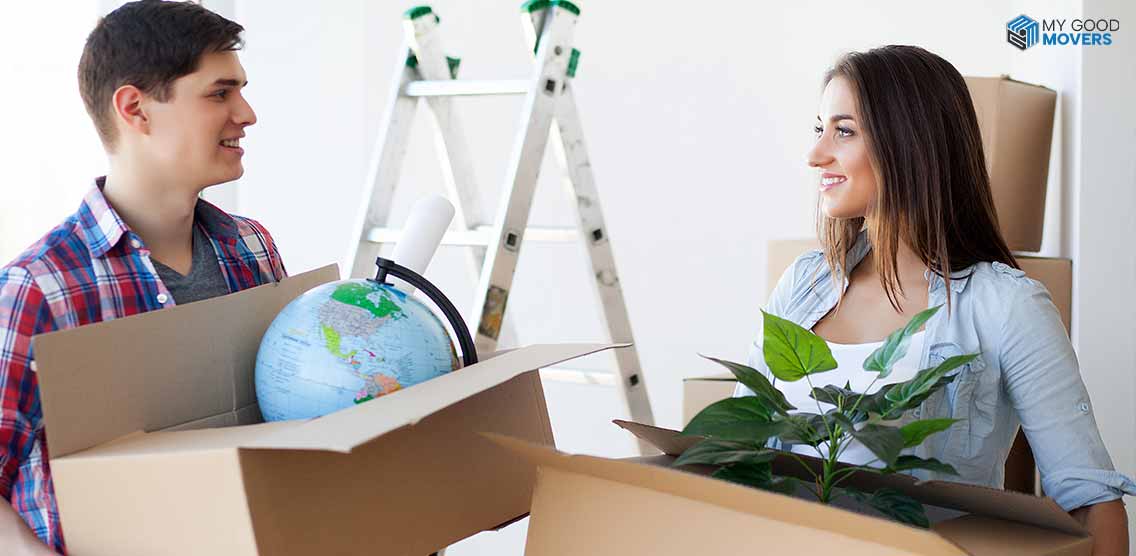

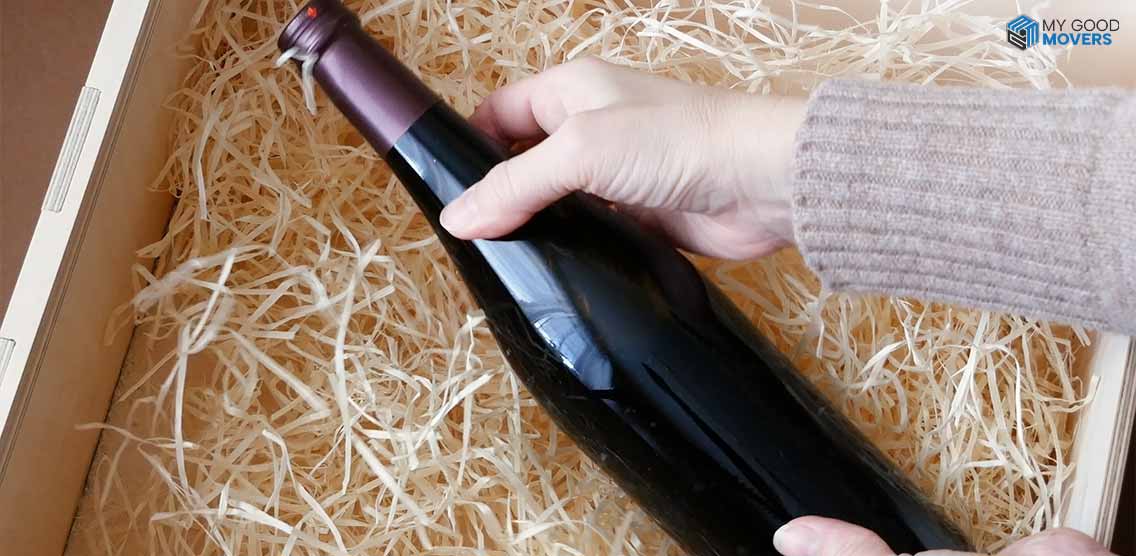

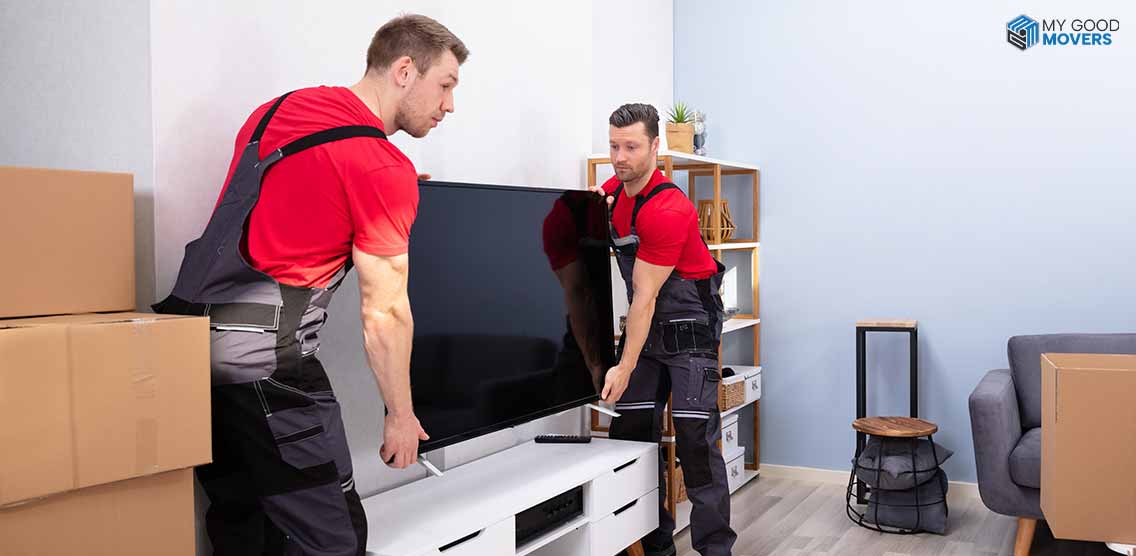



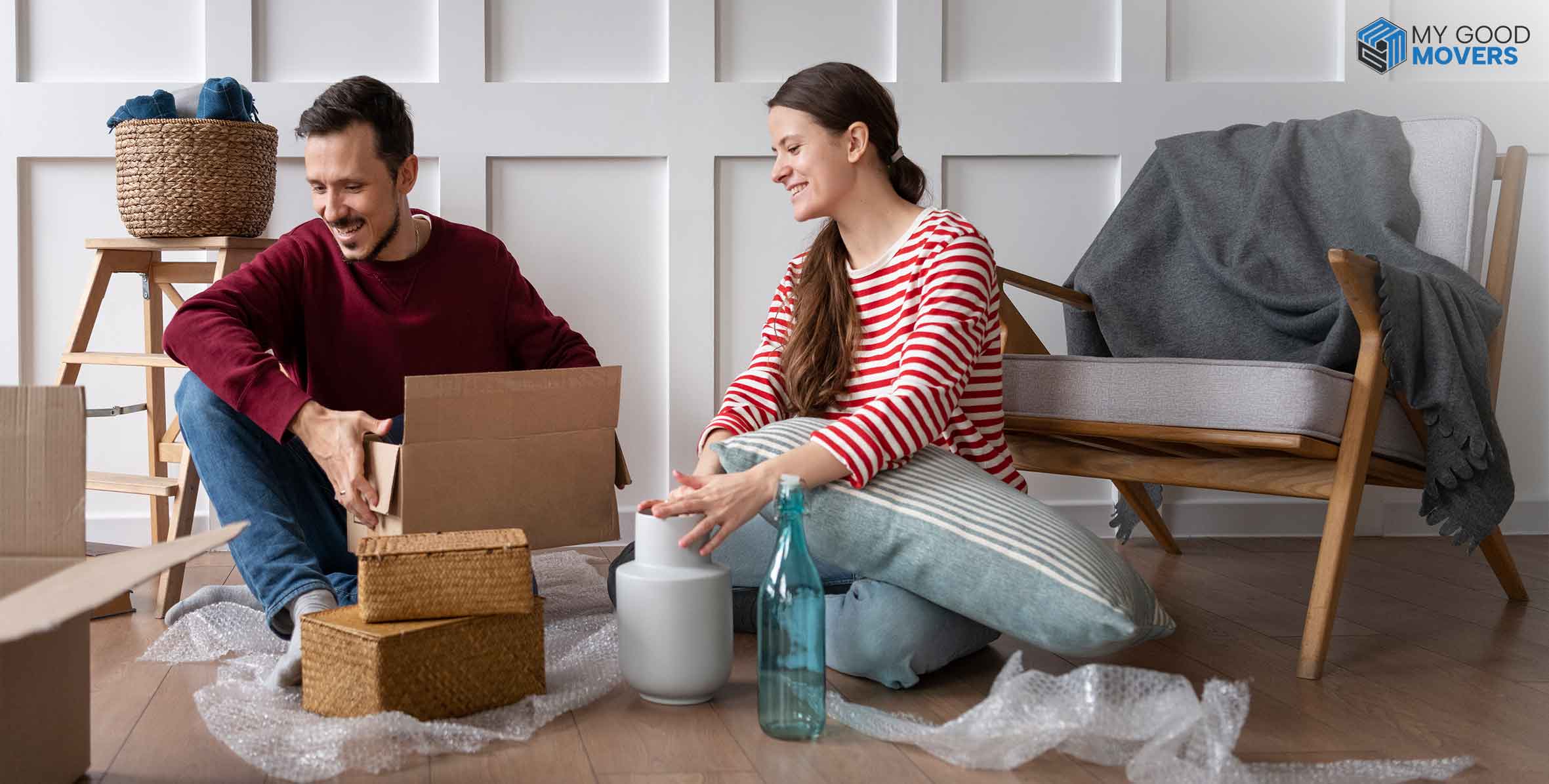

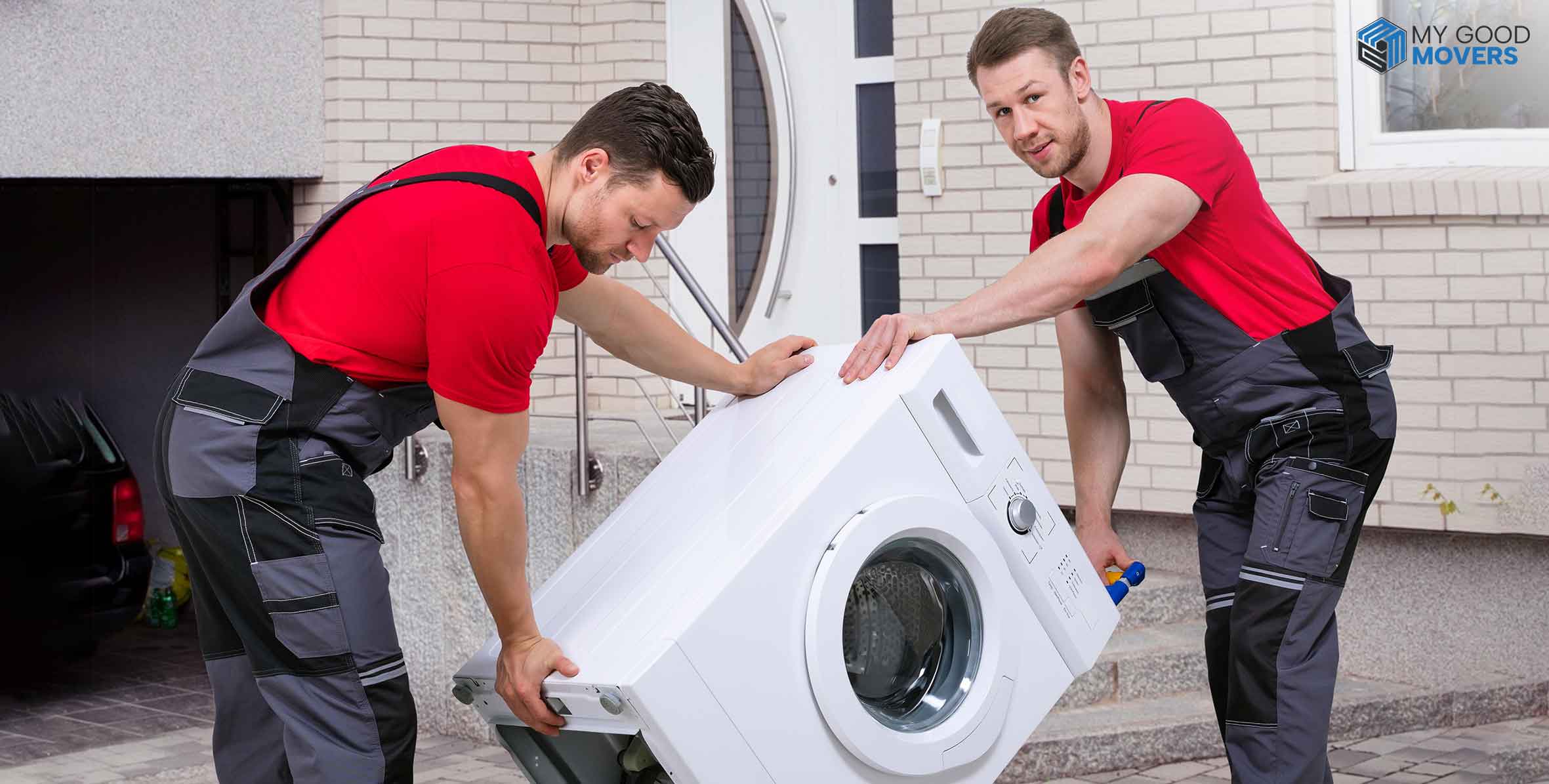
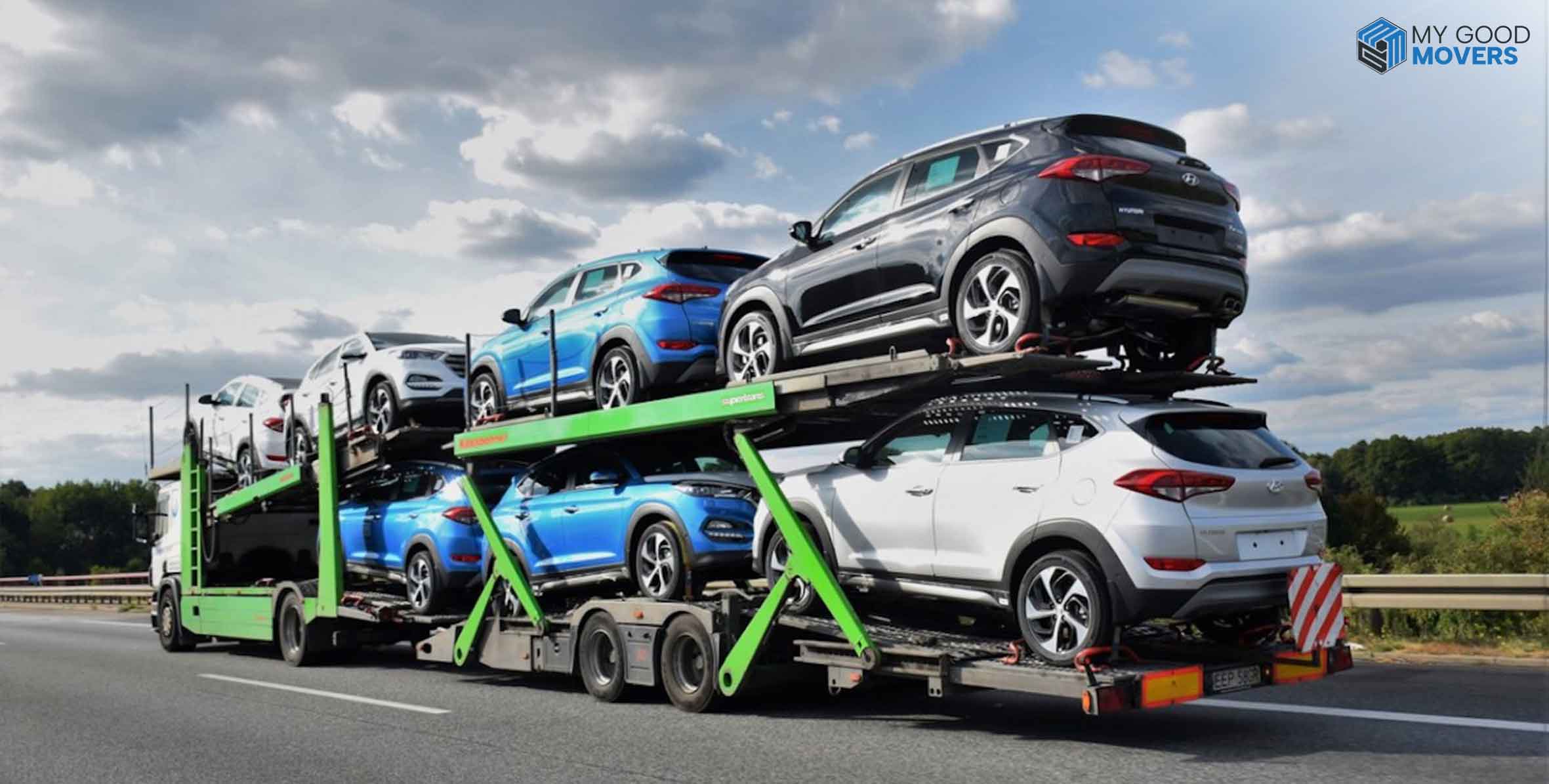


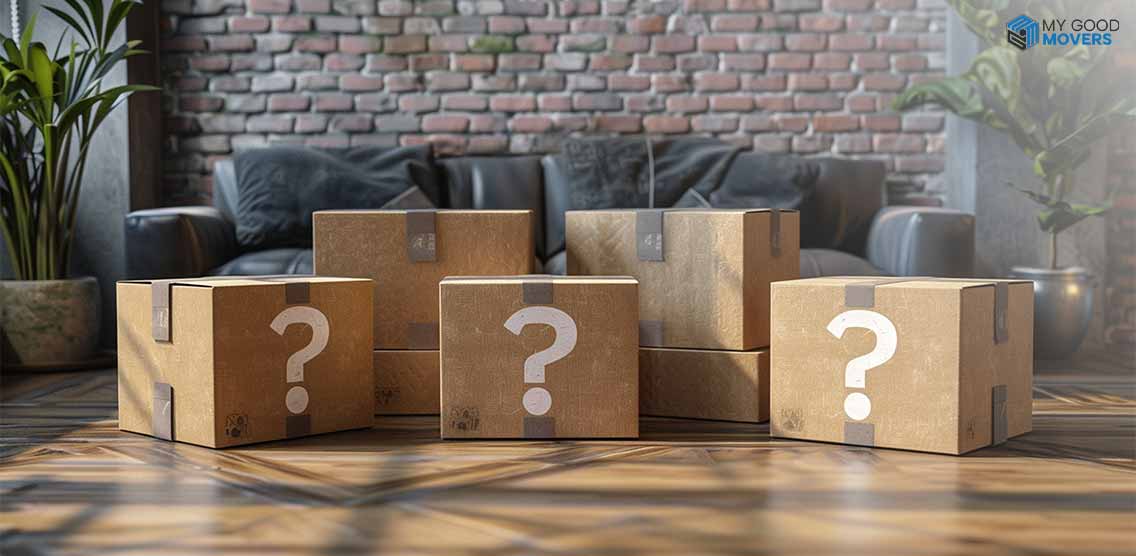
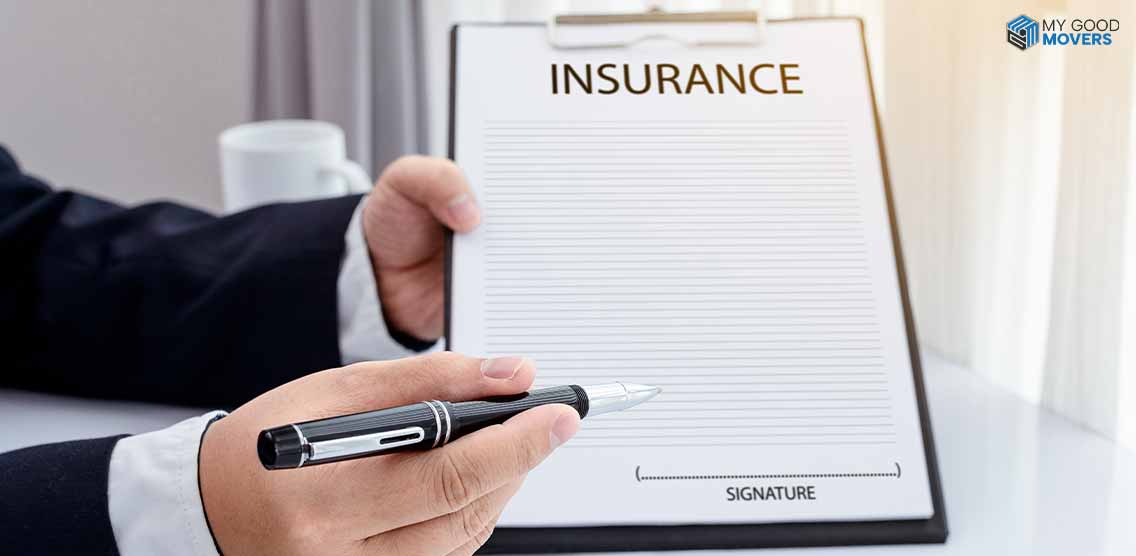
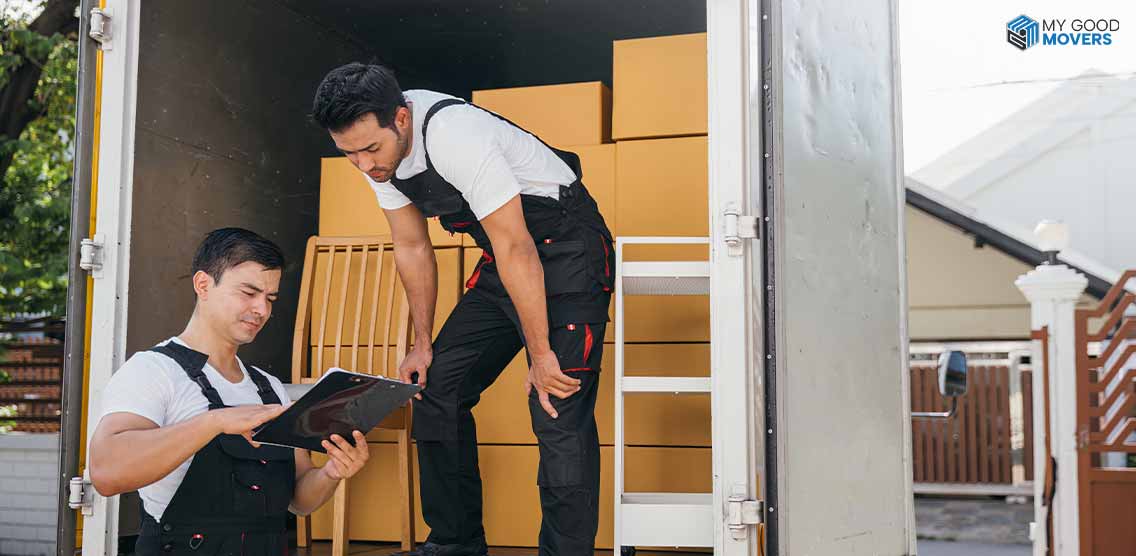

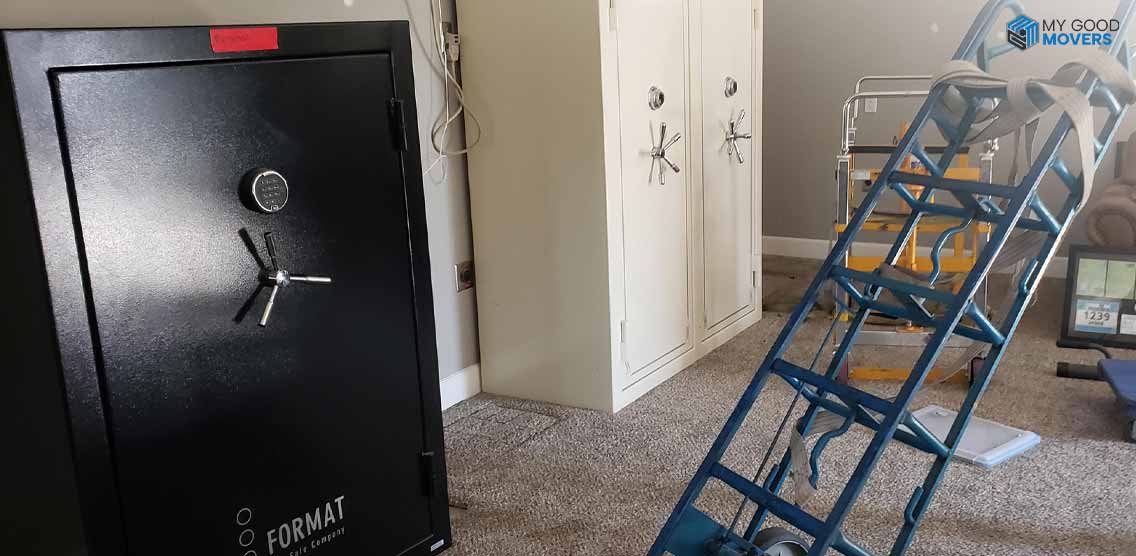
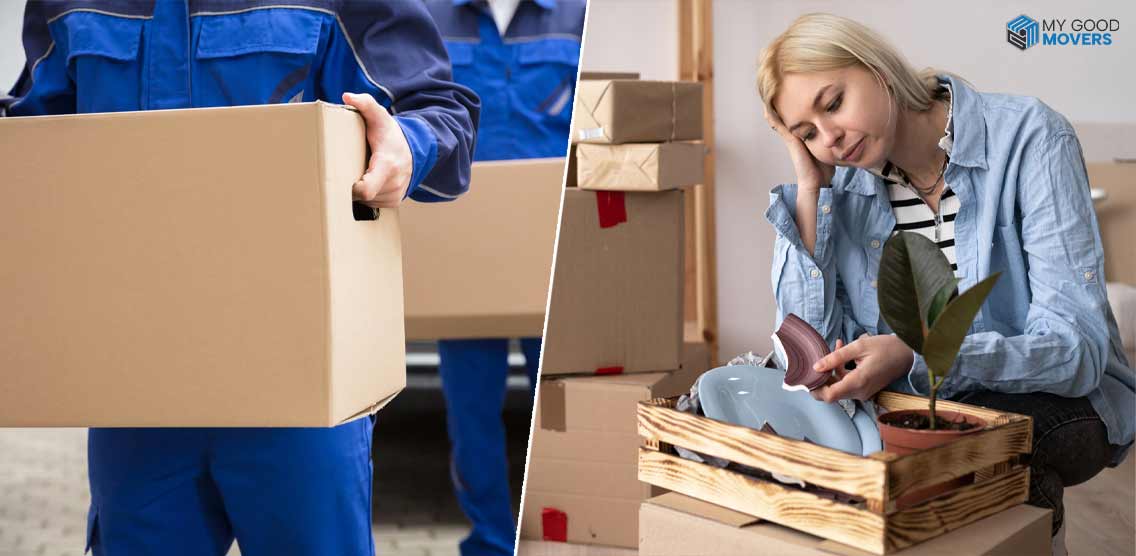
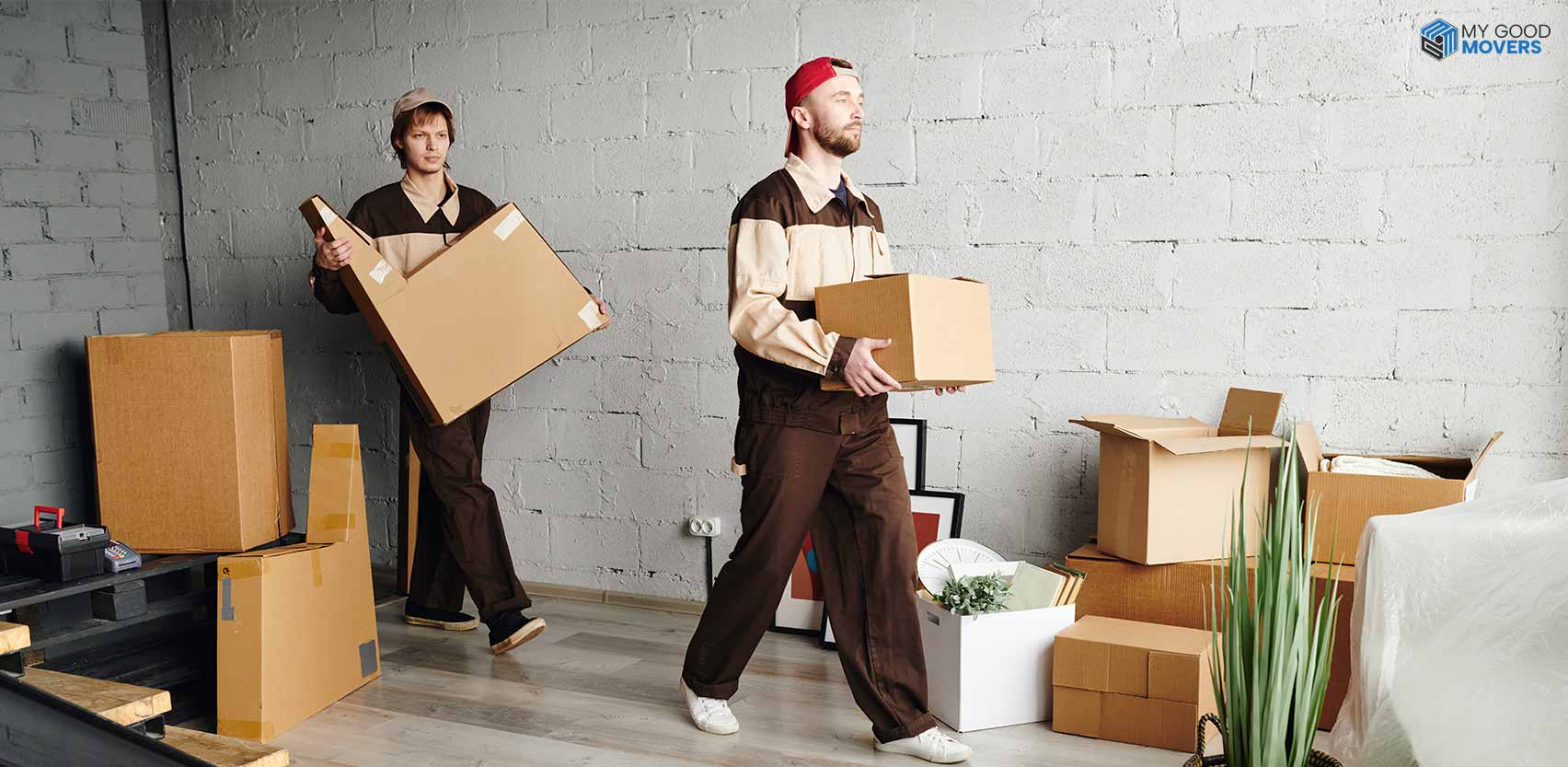
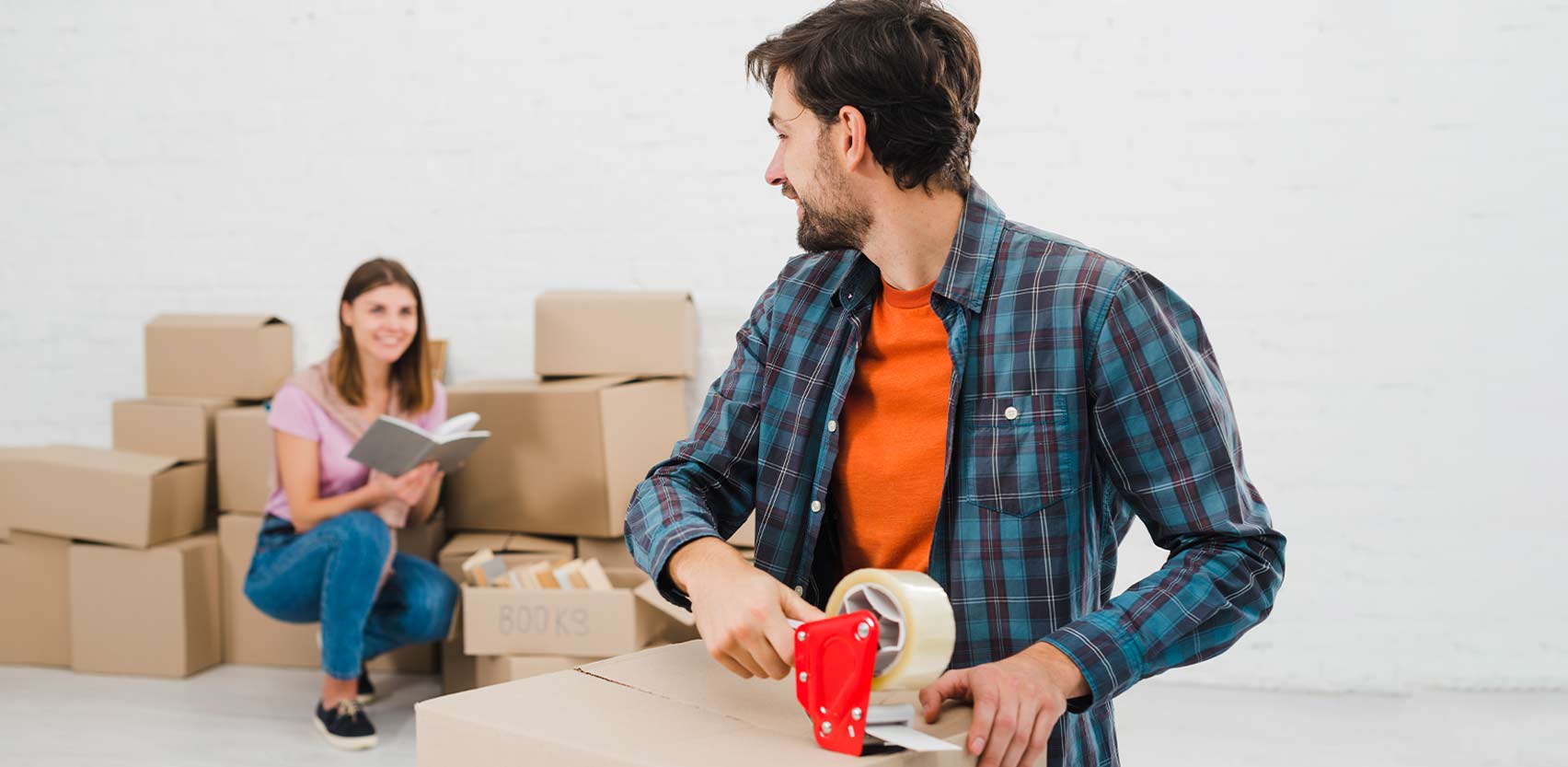

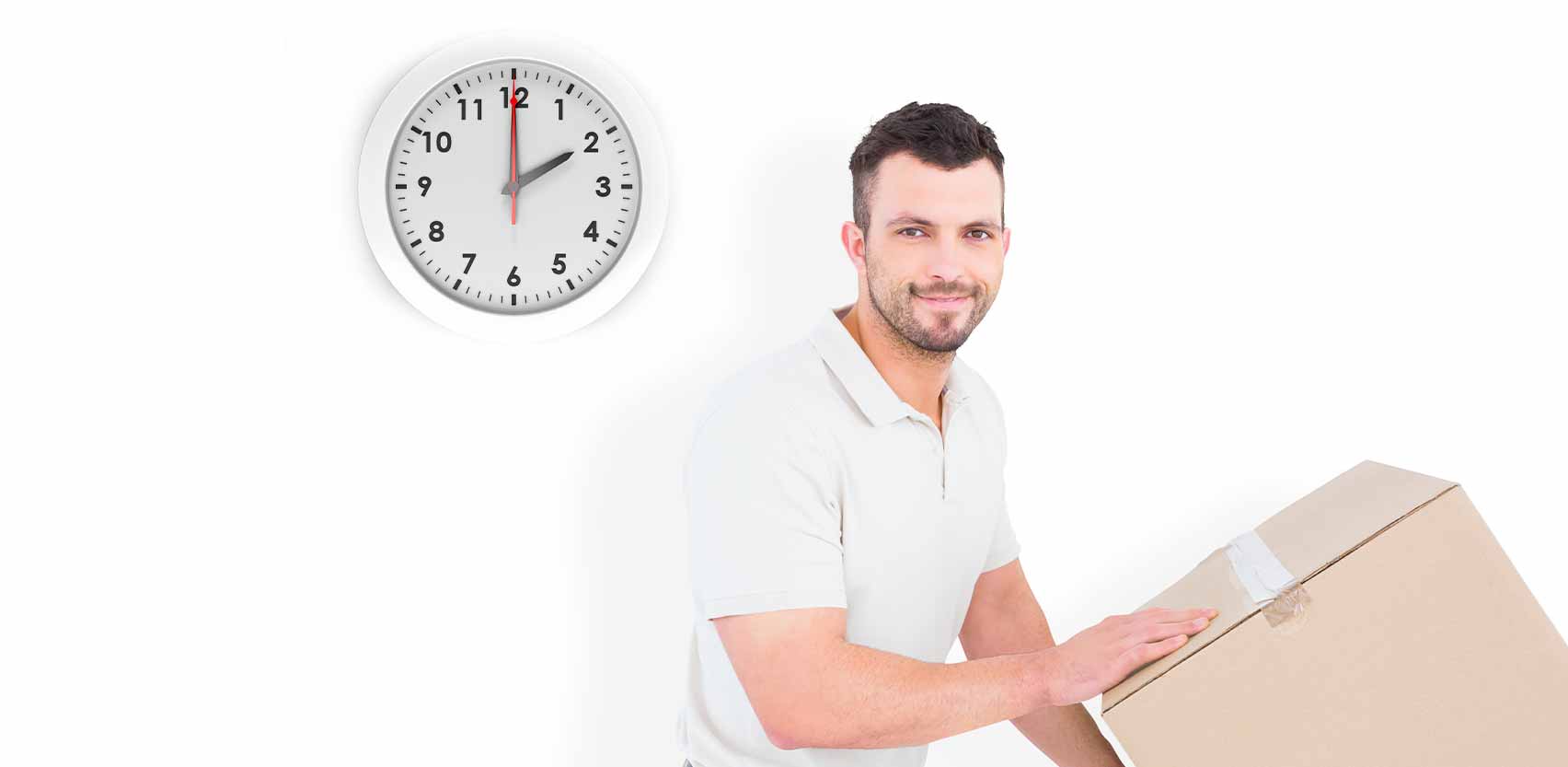
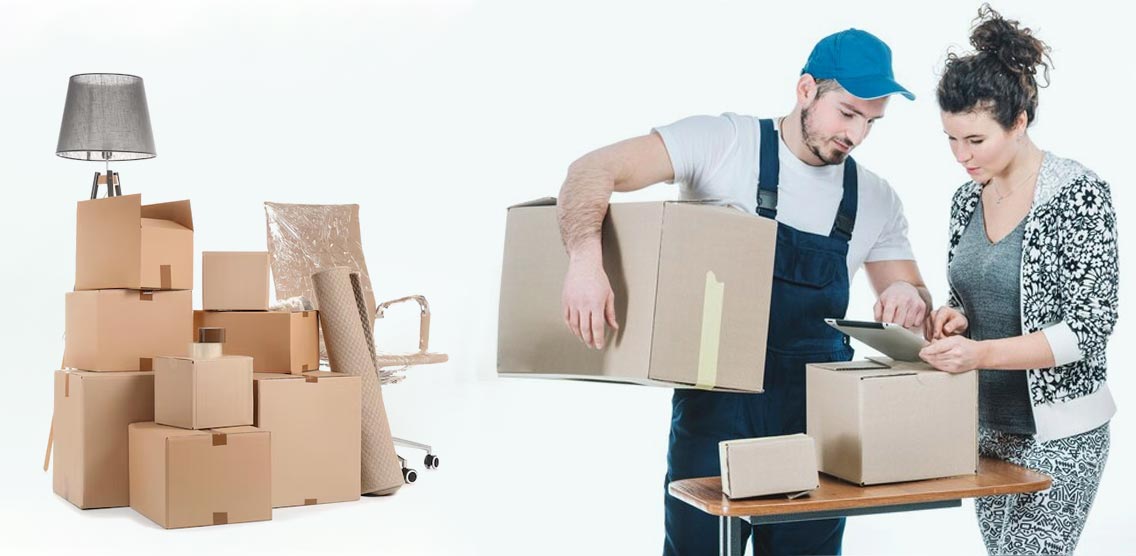

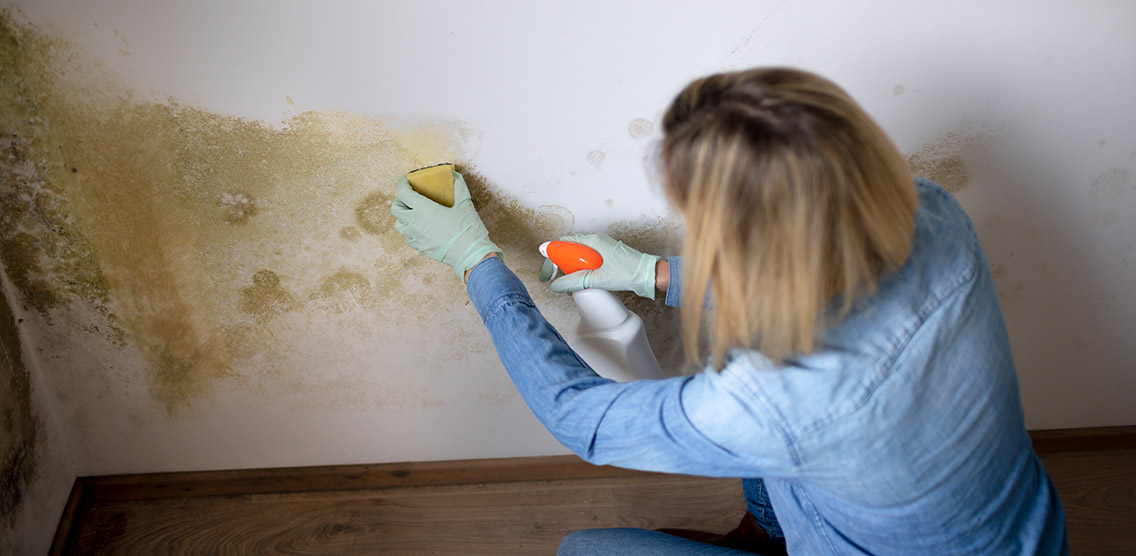

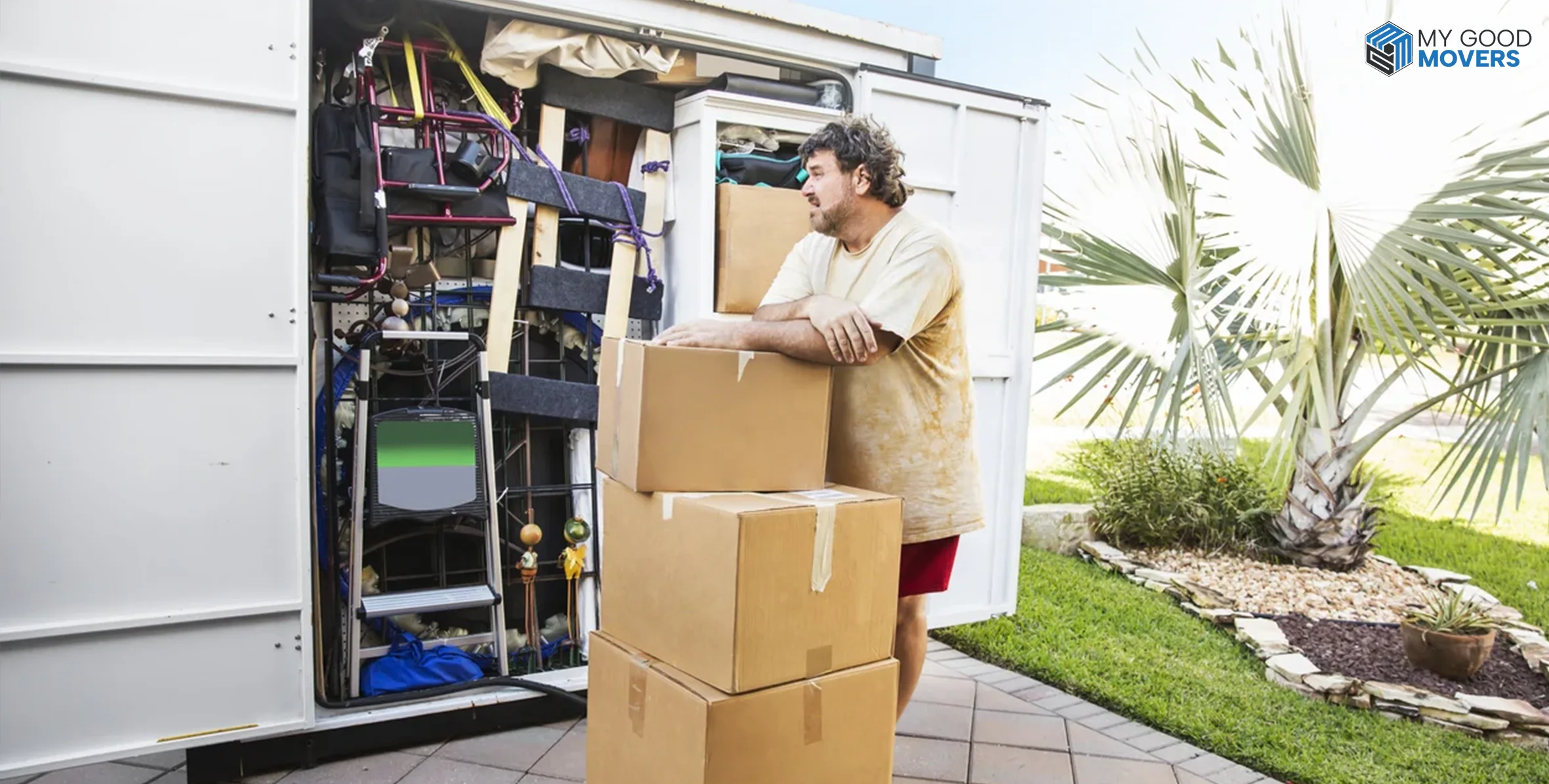
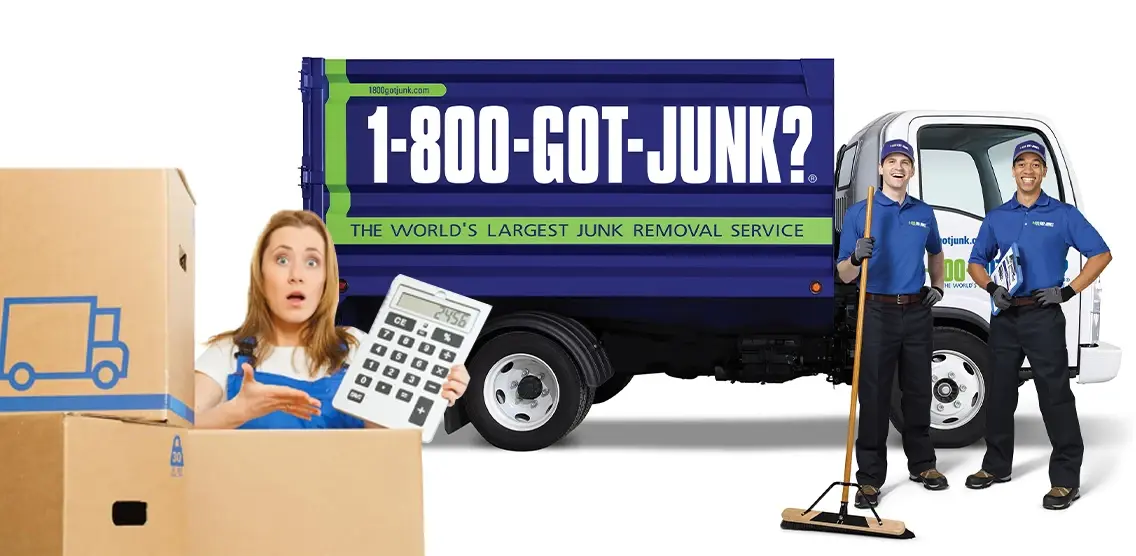
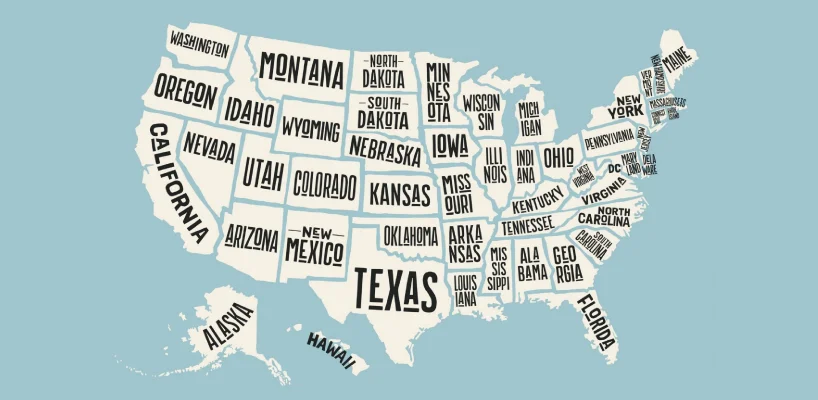

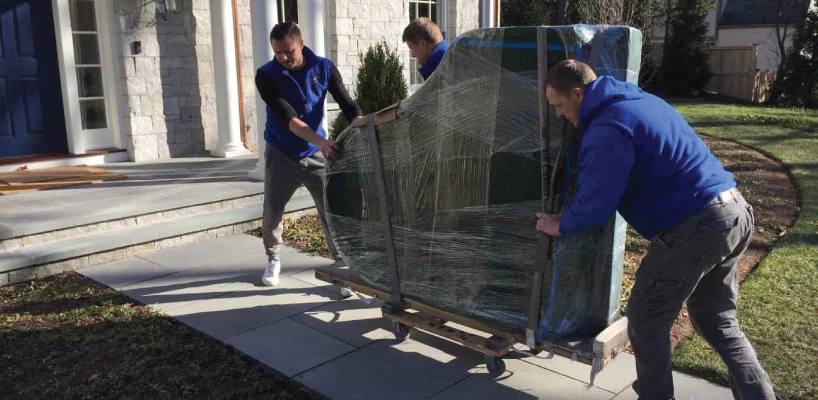

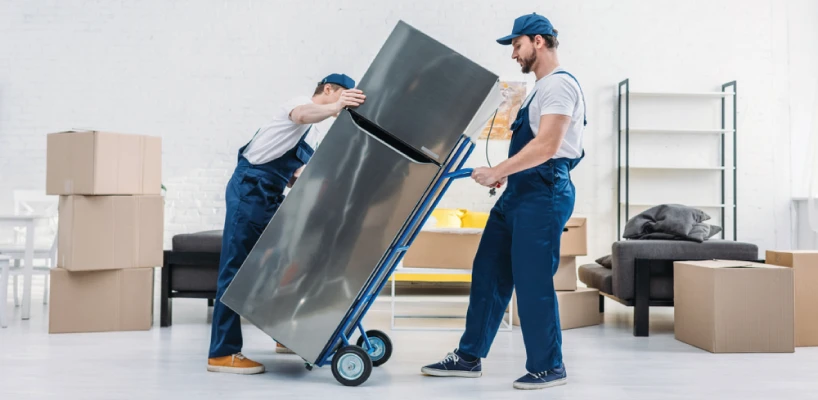

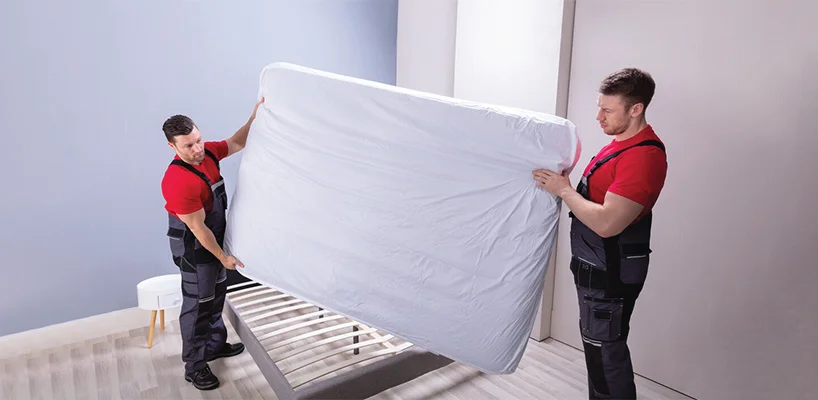
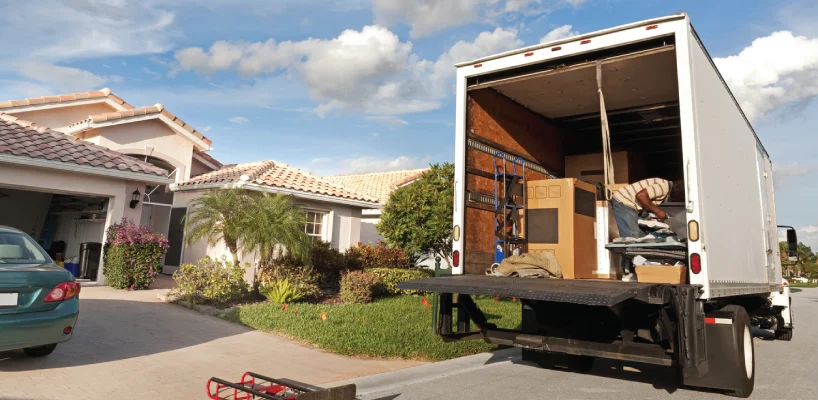
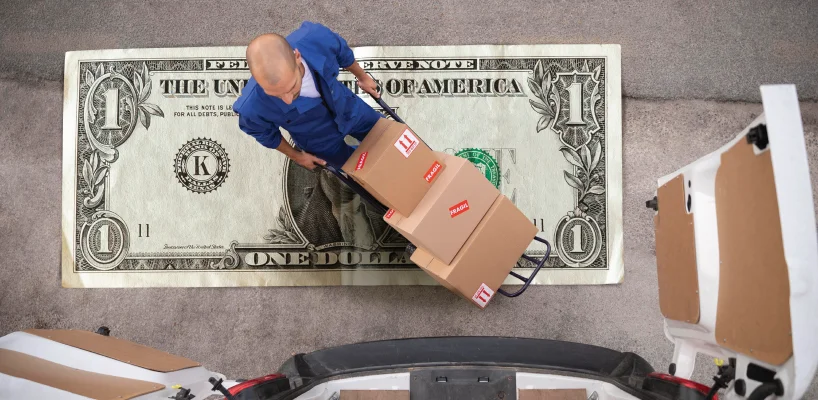
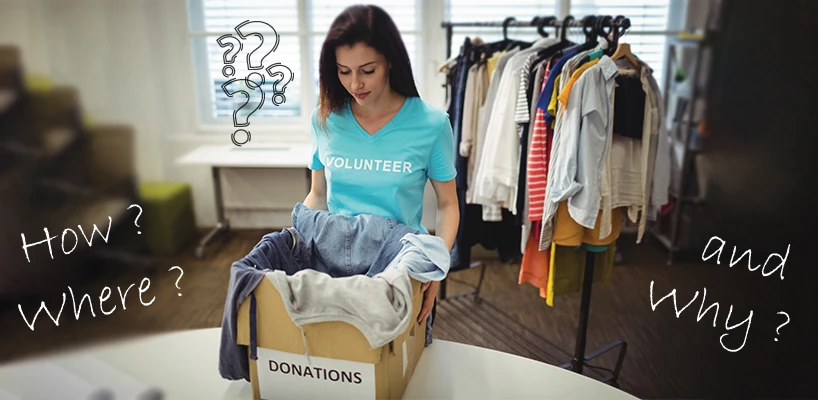
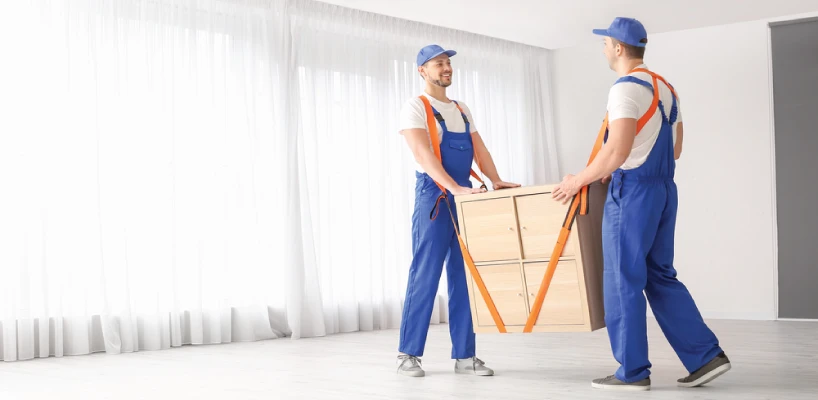

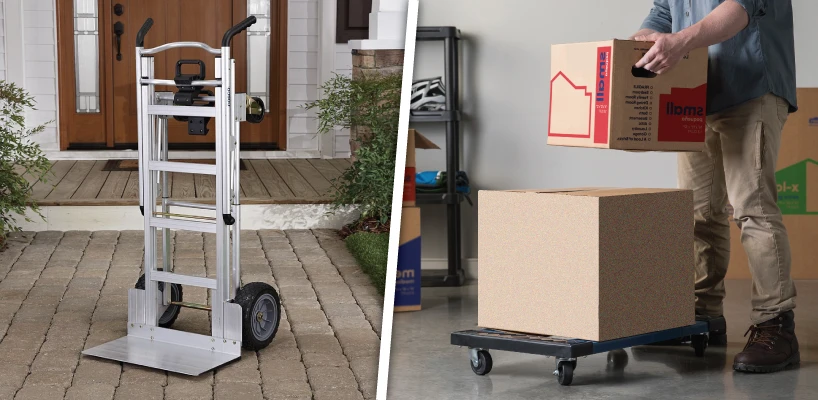
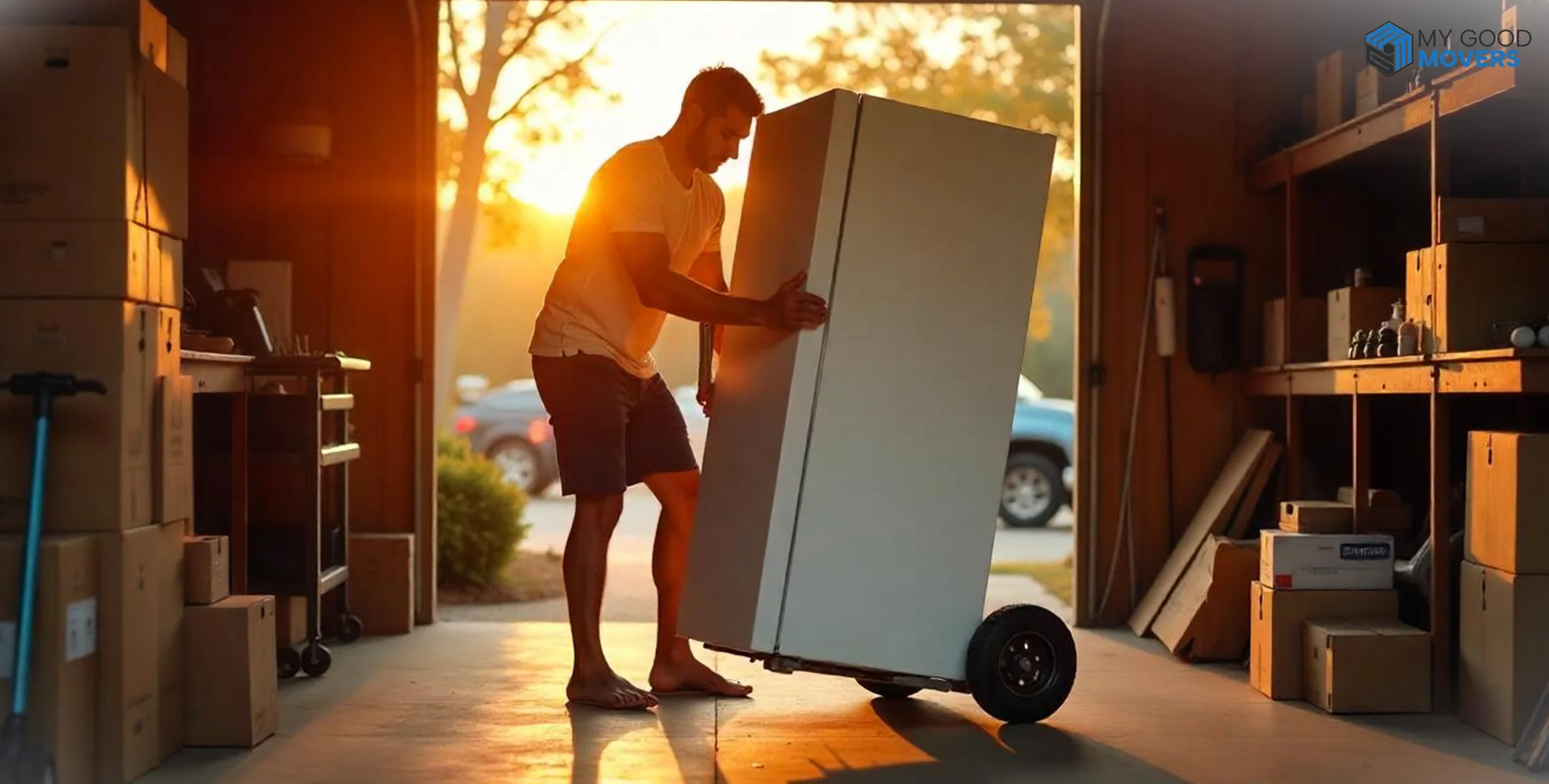
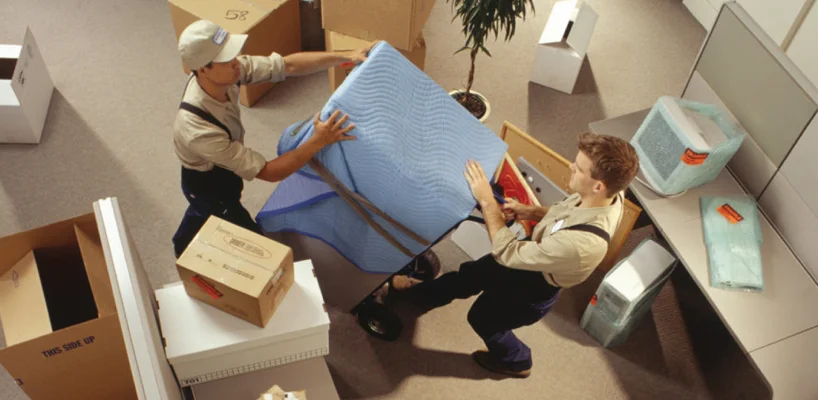
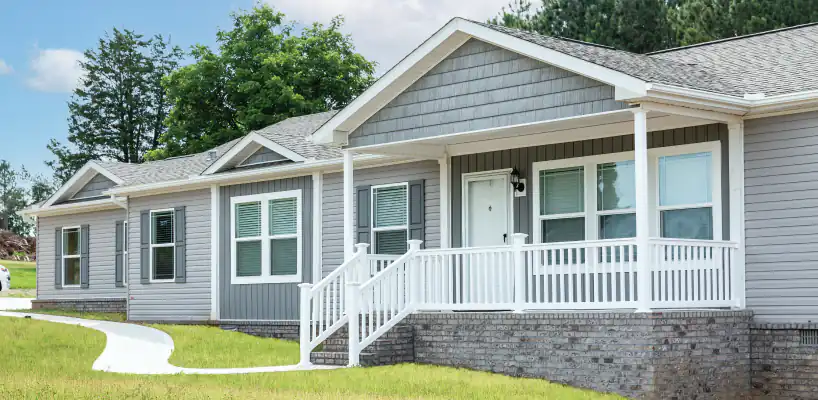
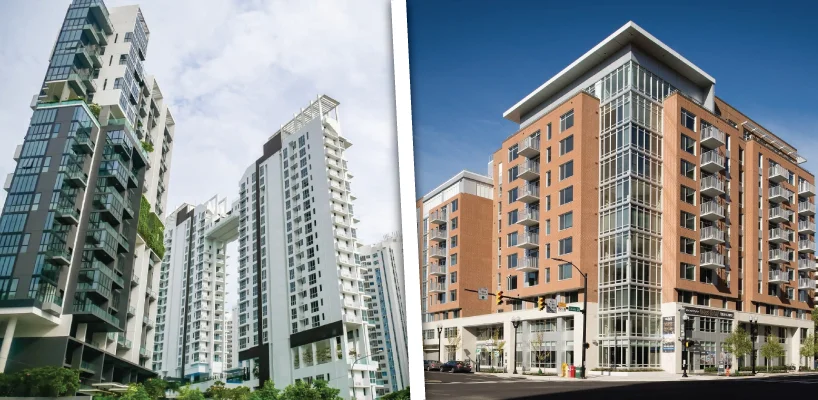
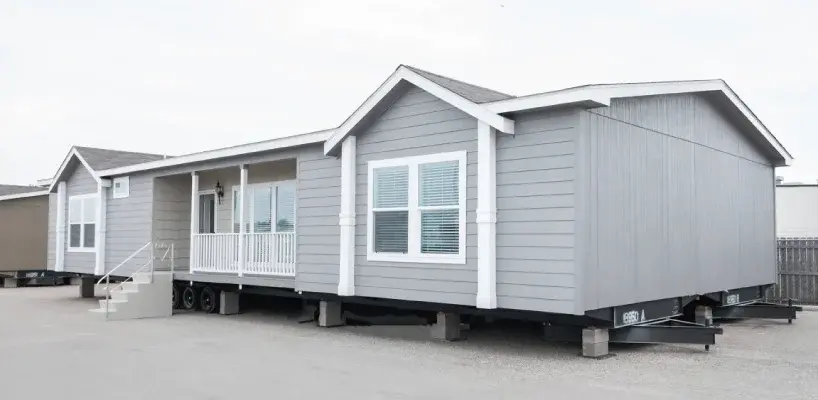


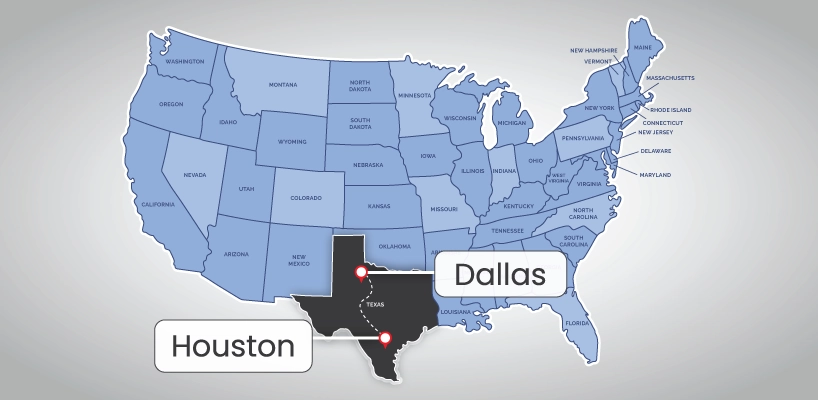

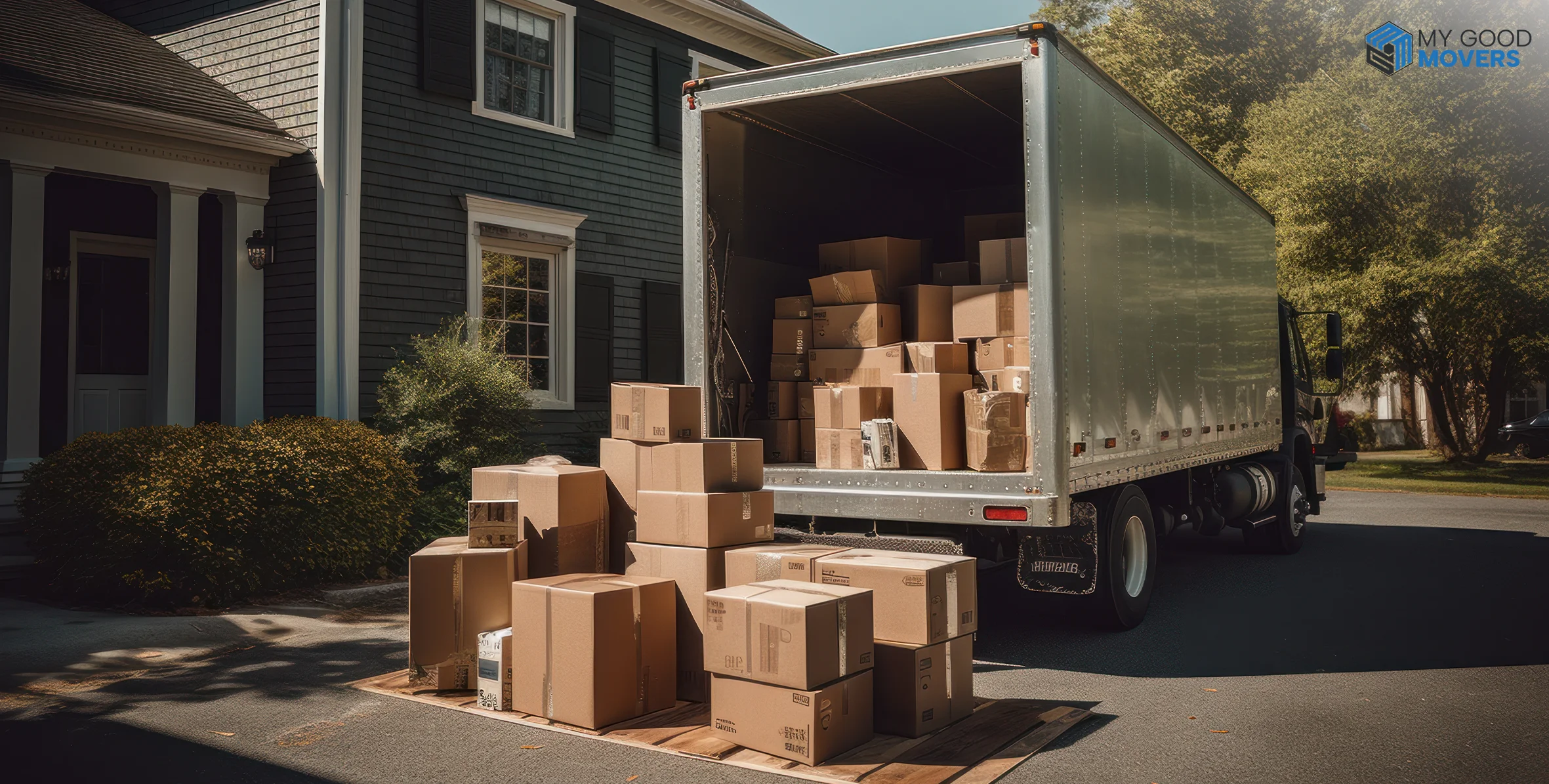
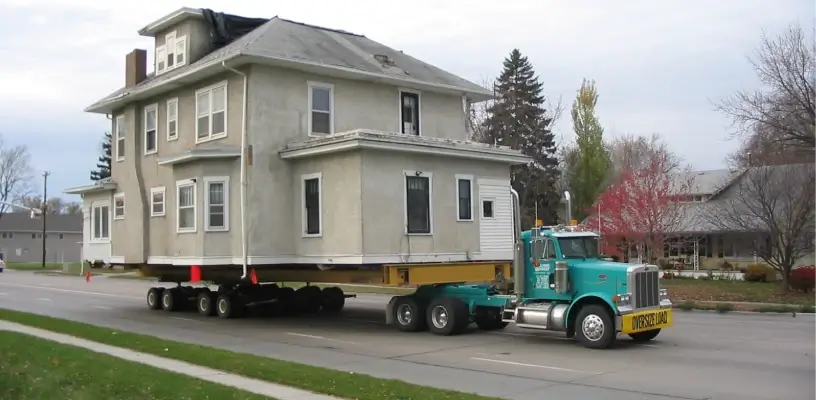
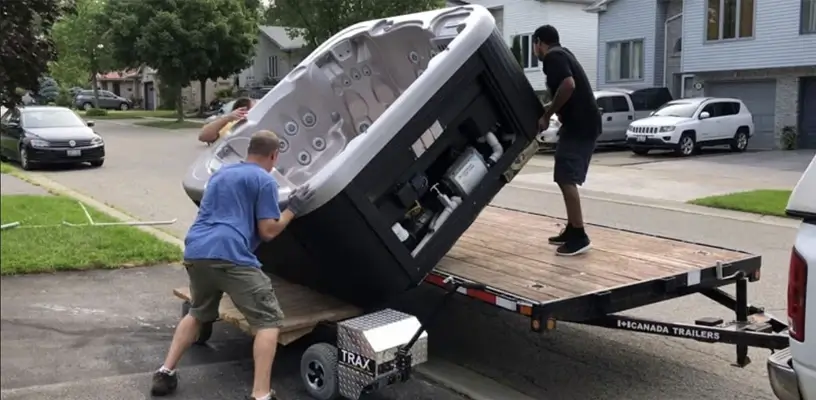
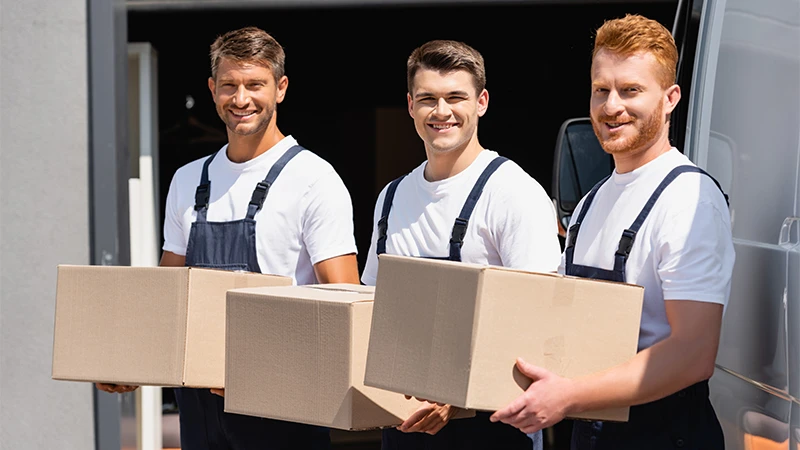
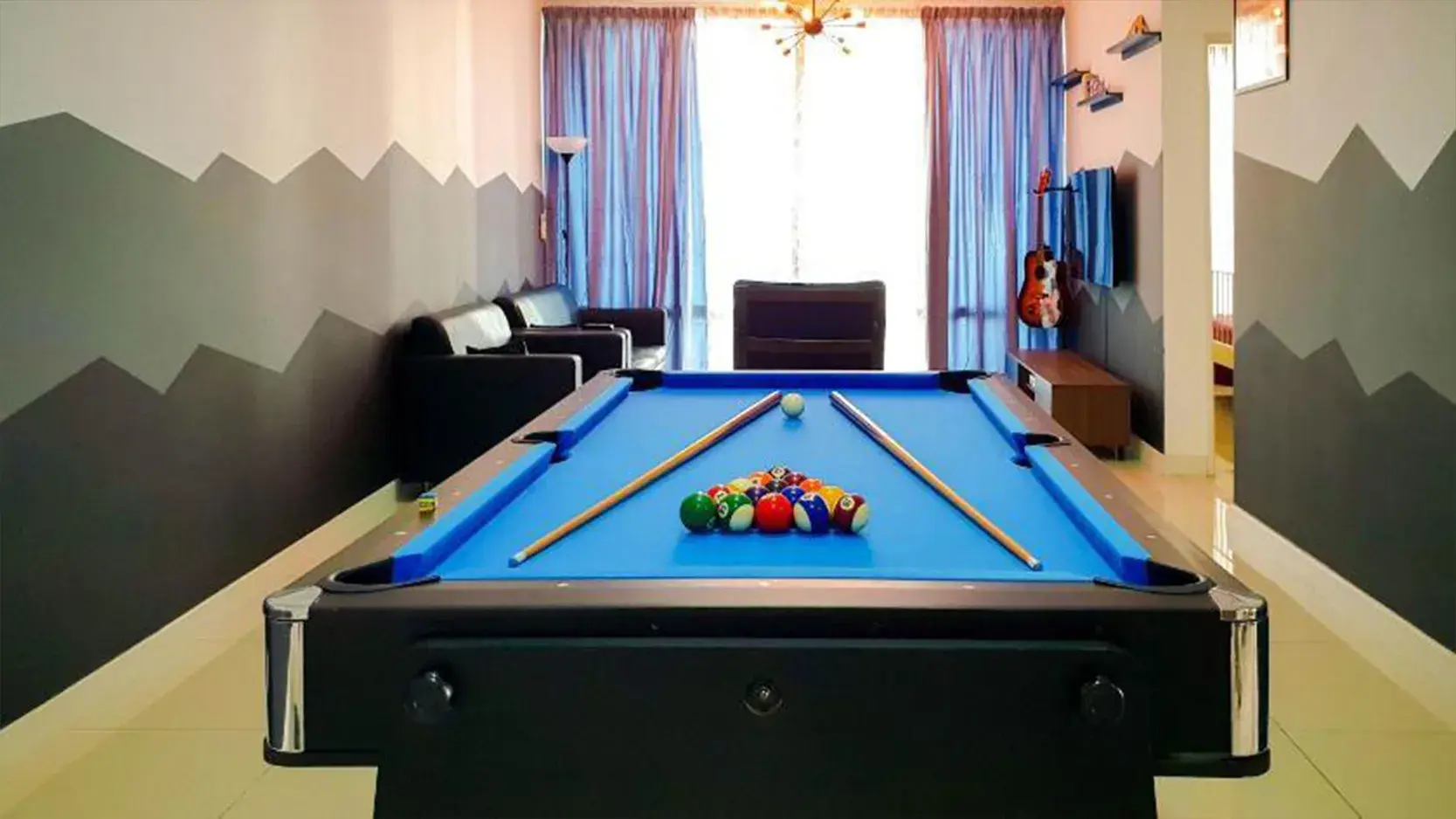
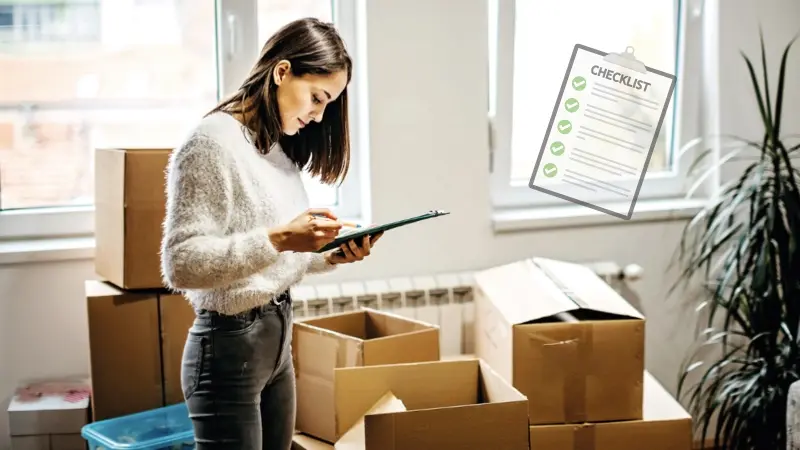

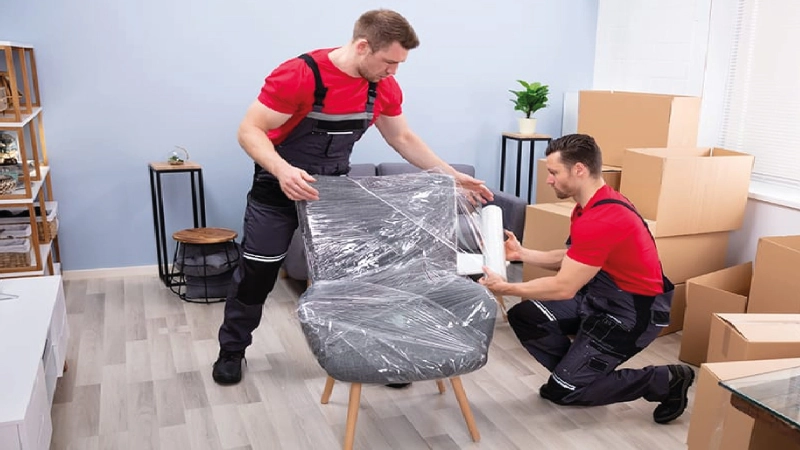
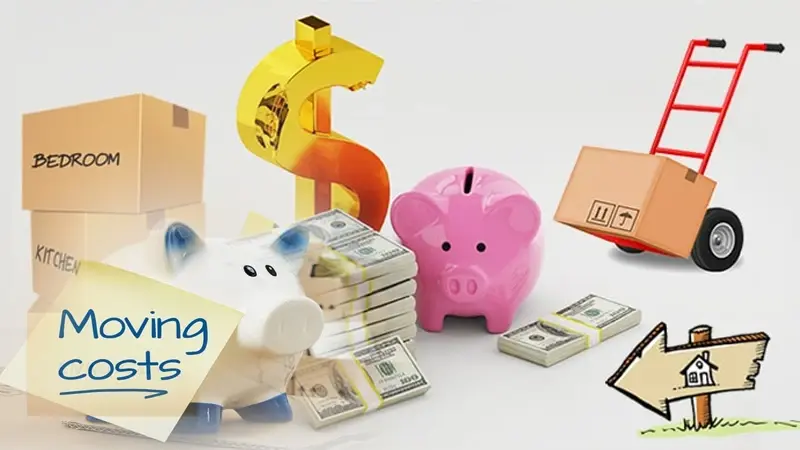
 (239) 799–6077
(239) 799–6077